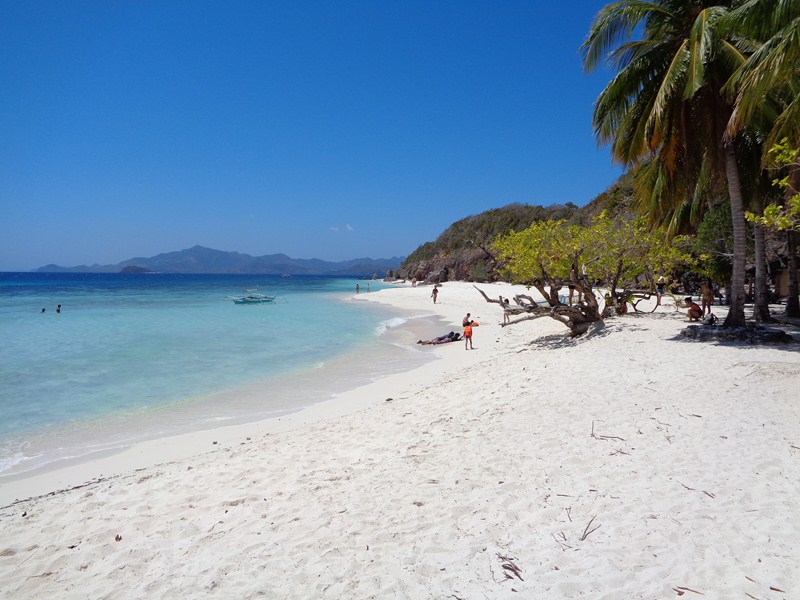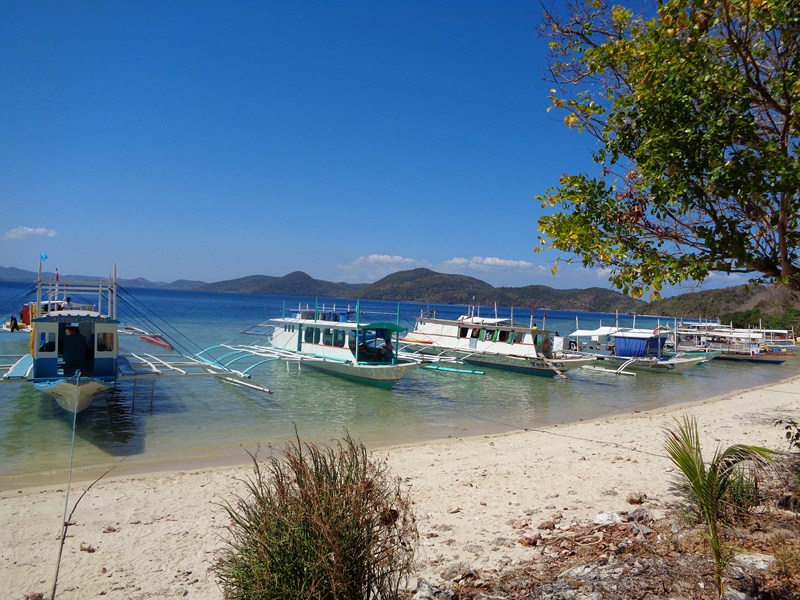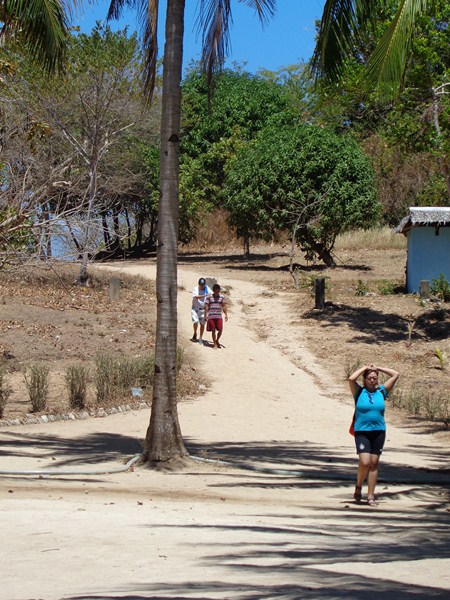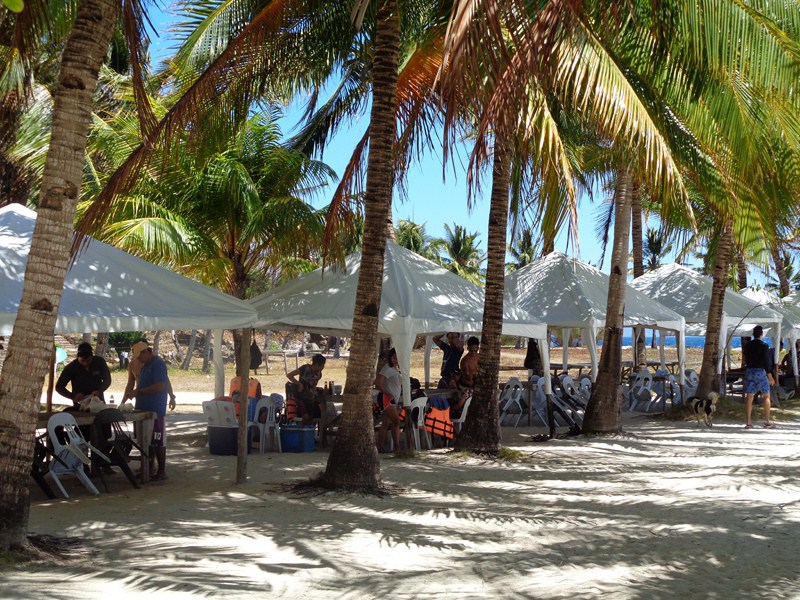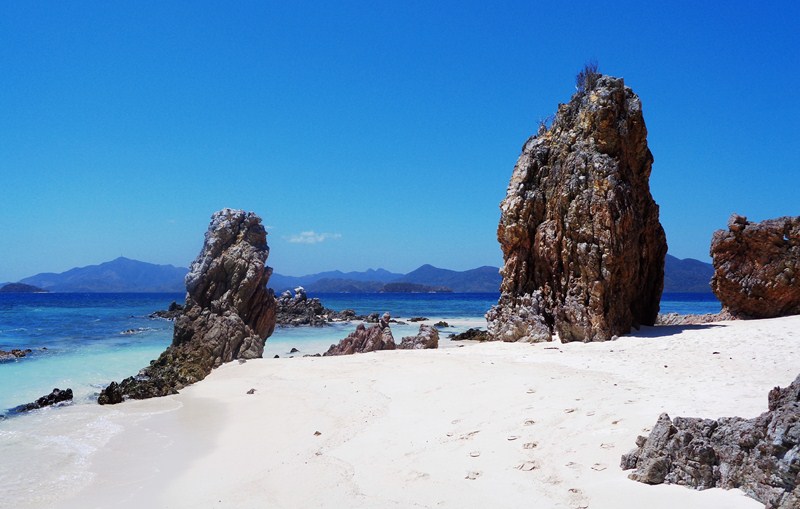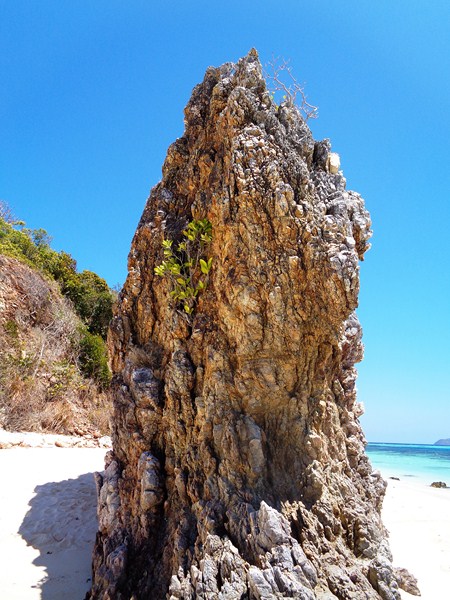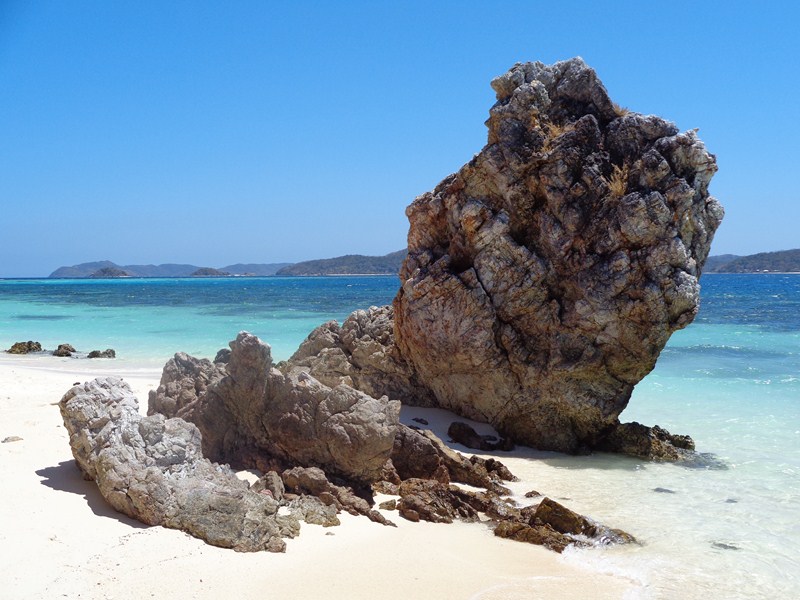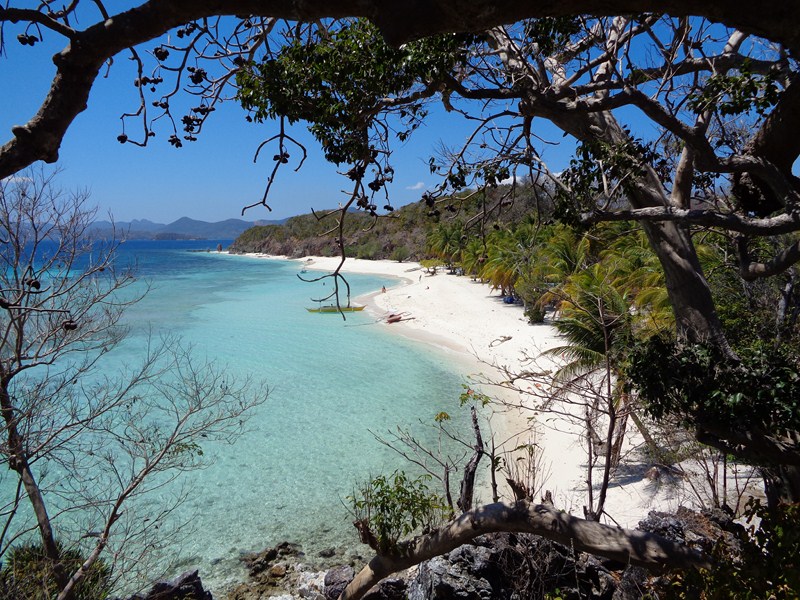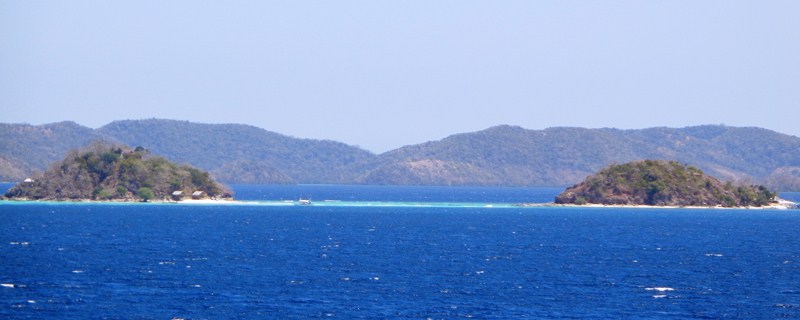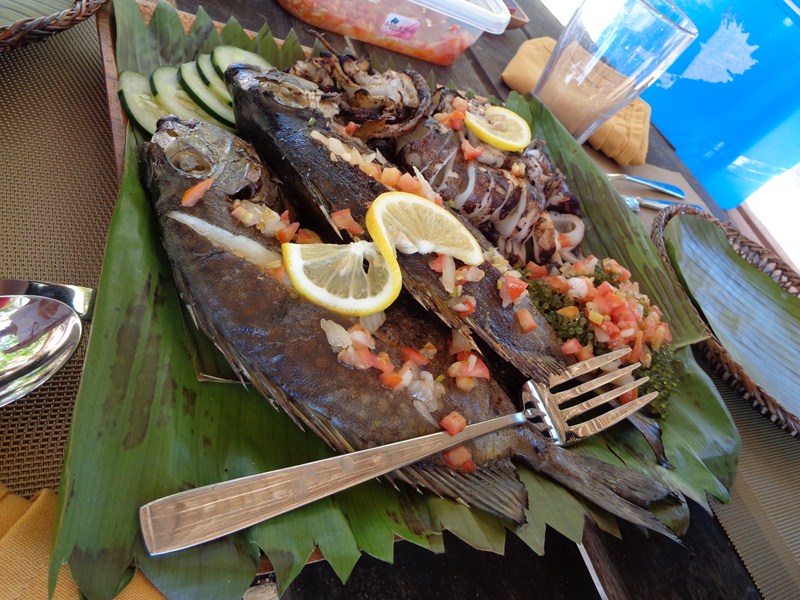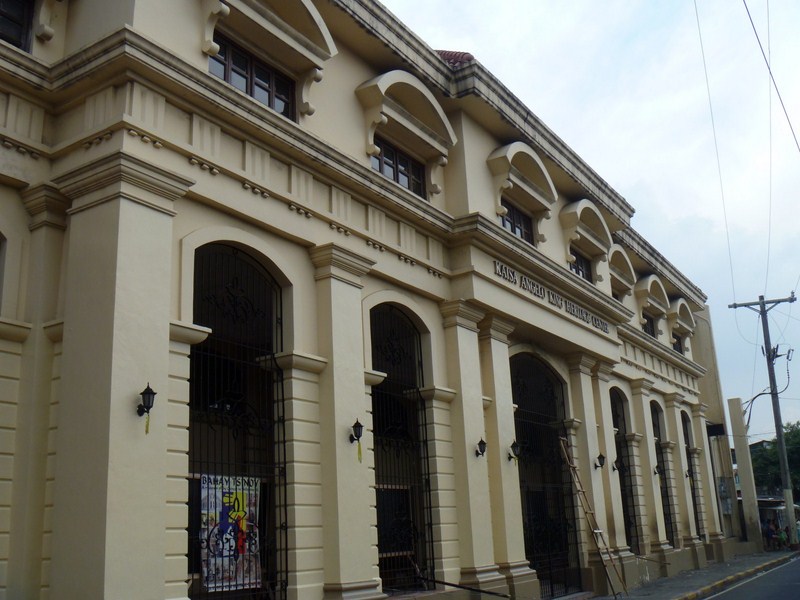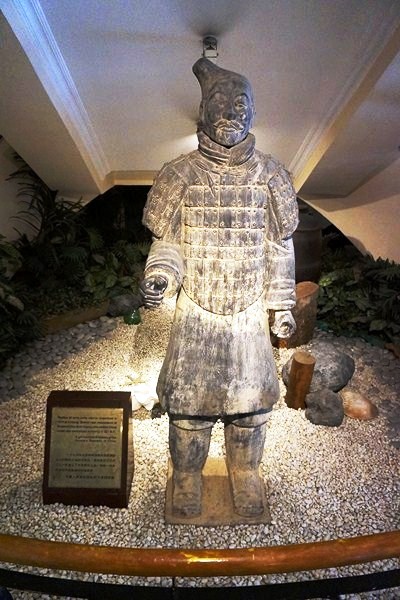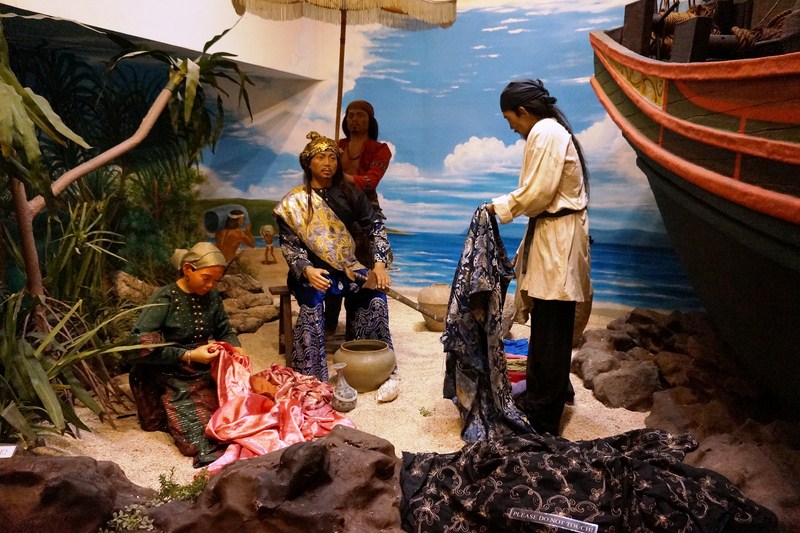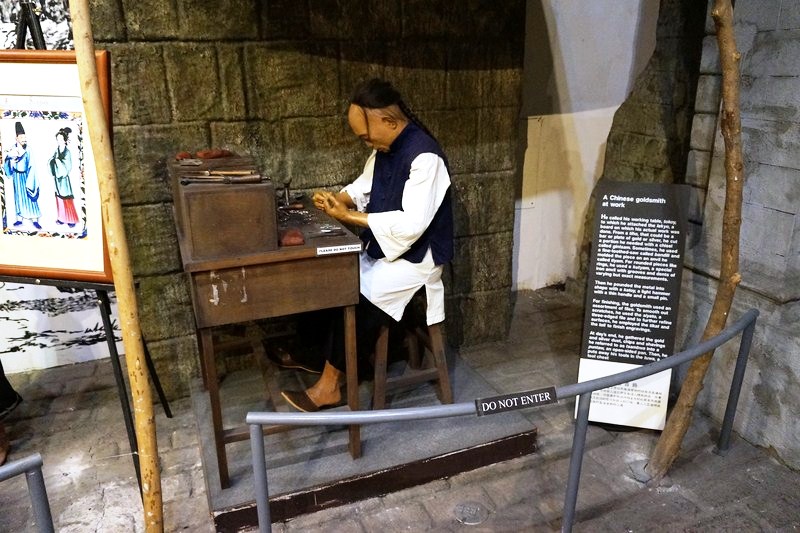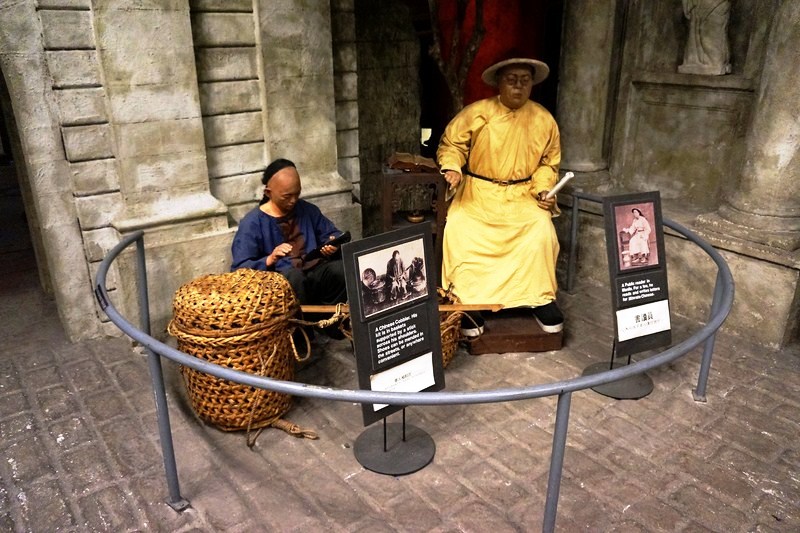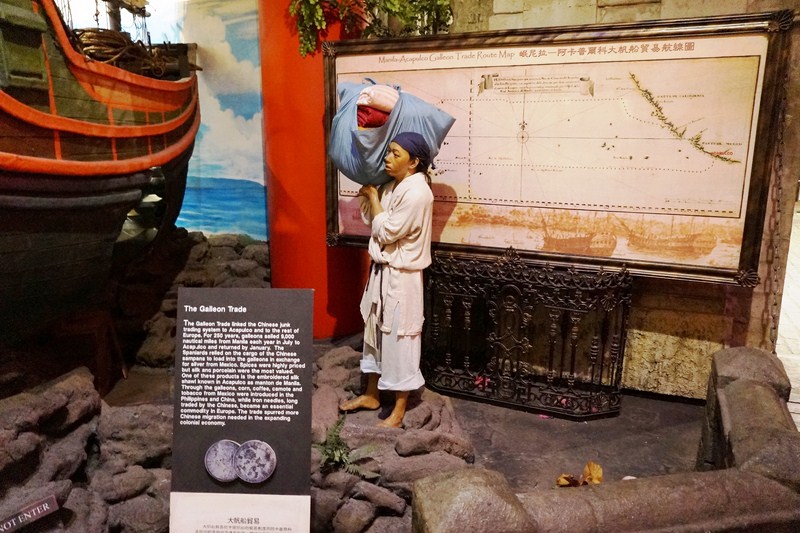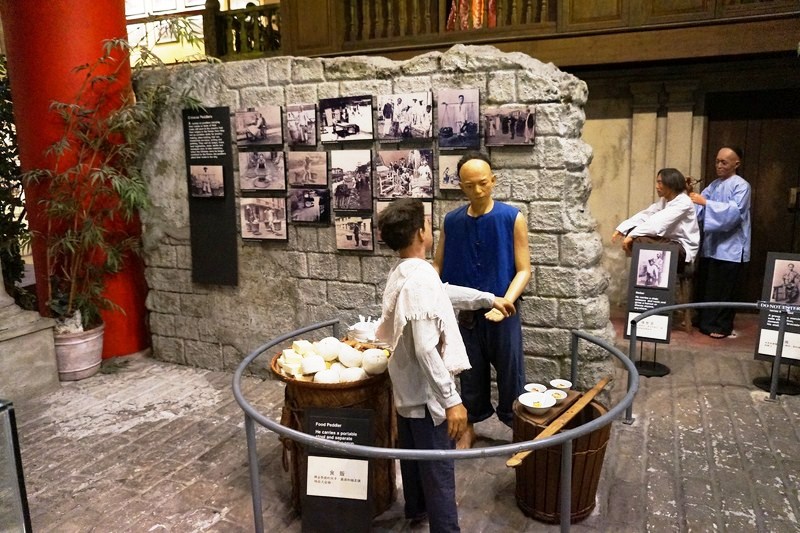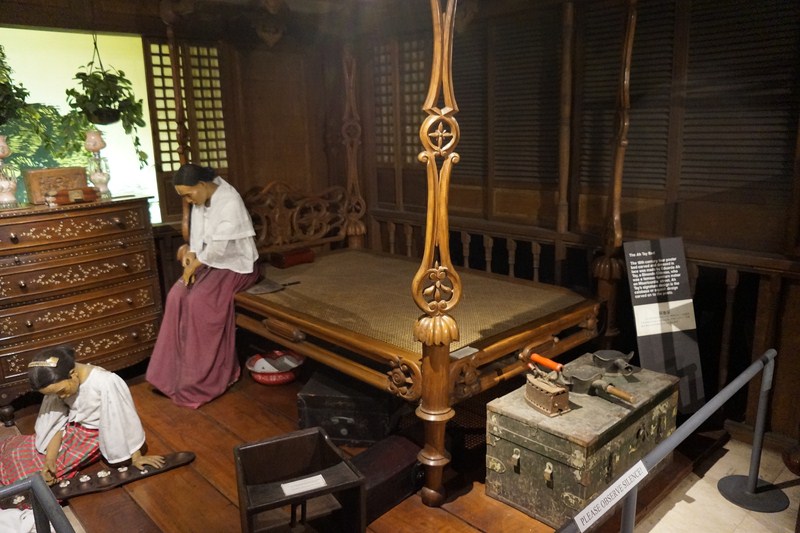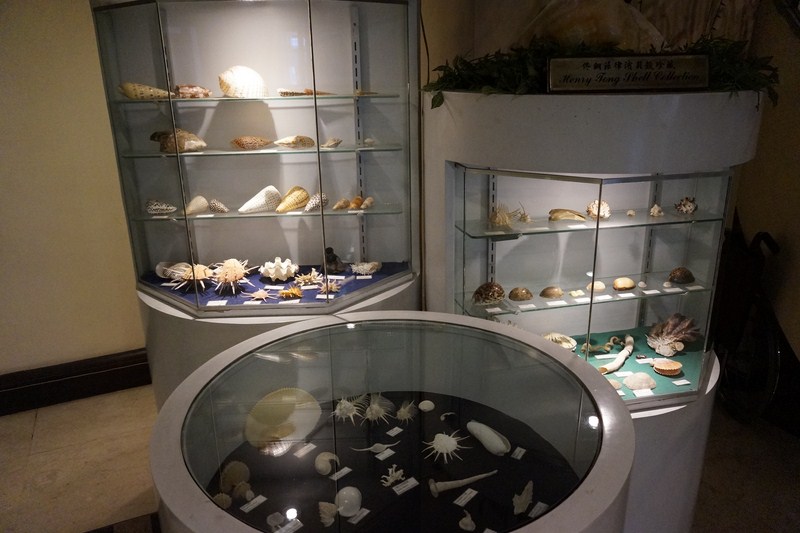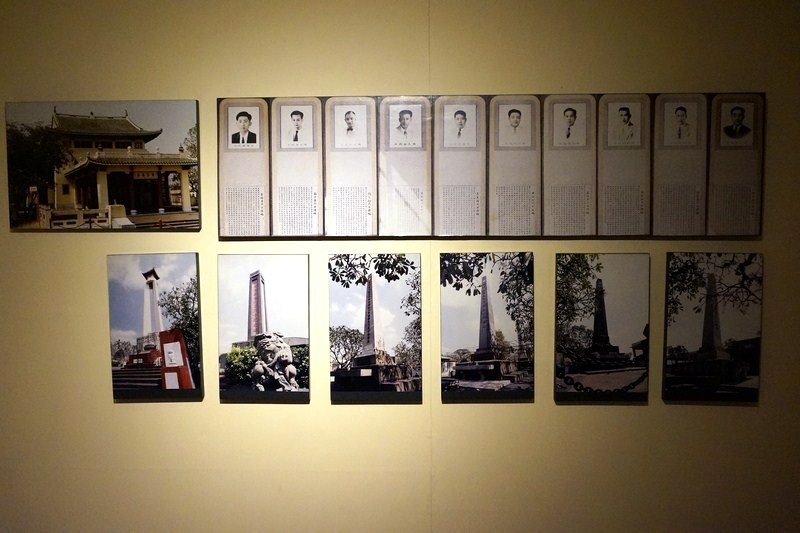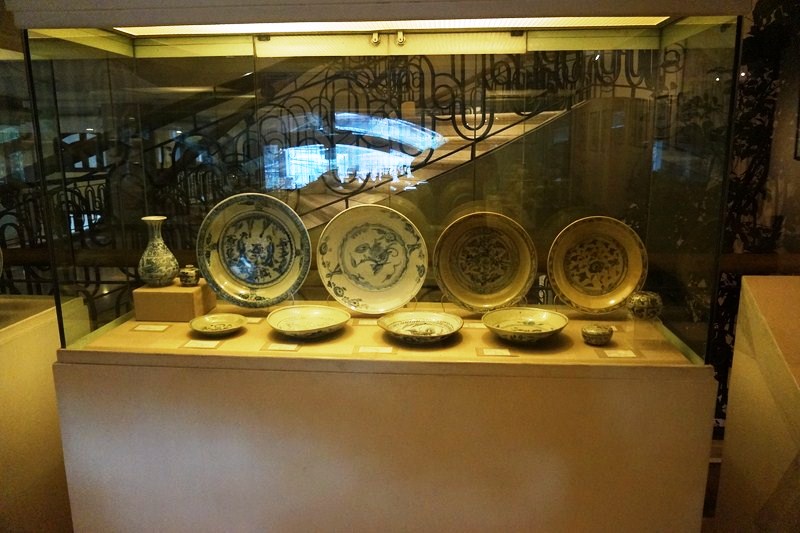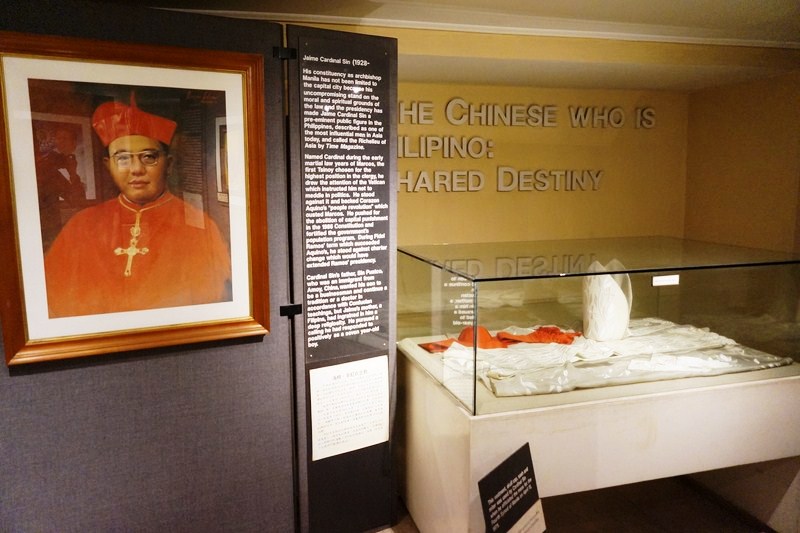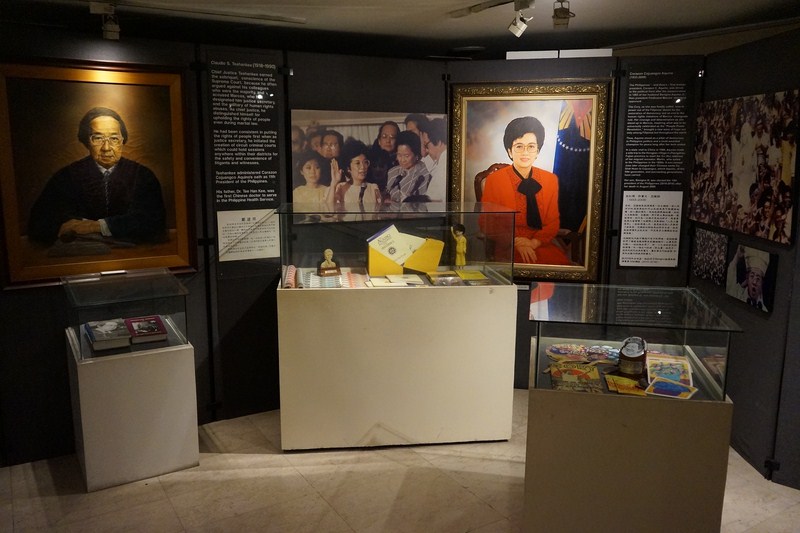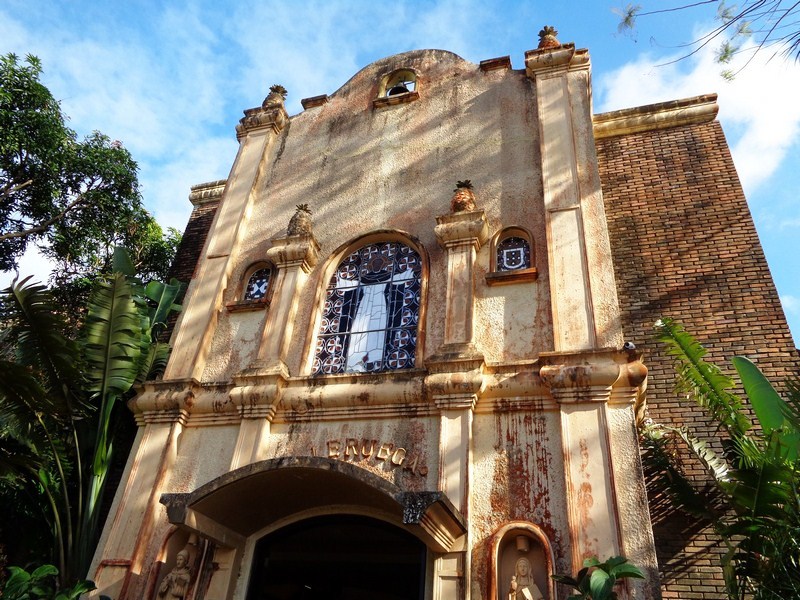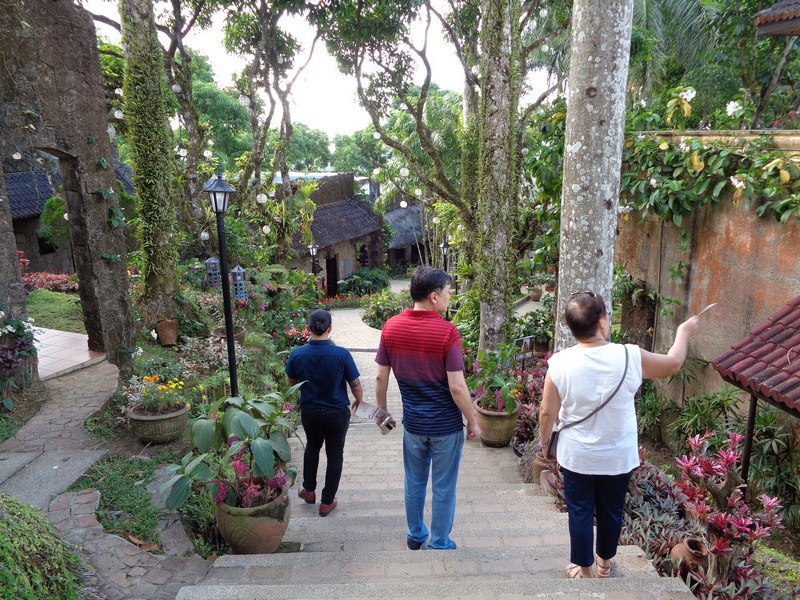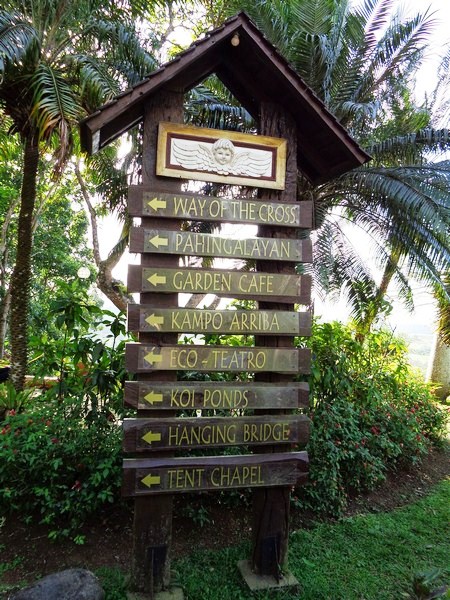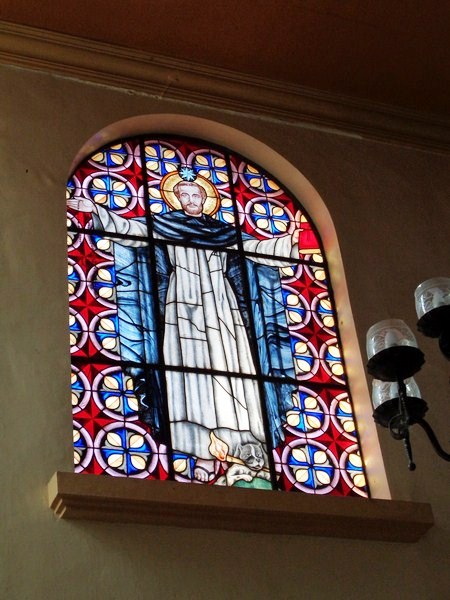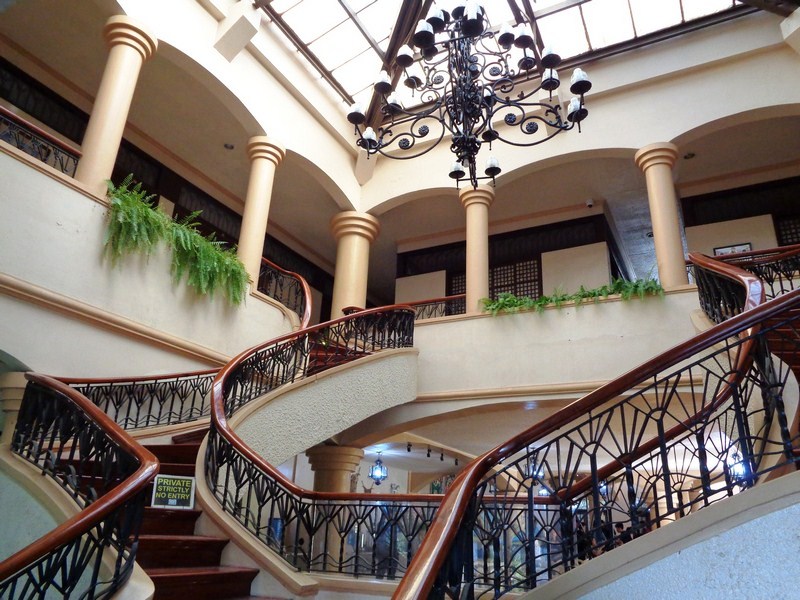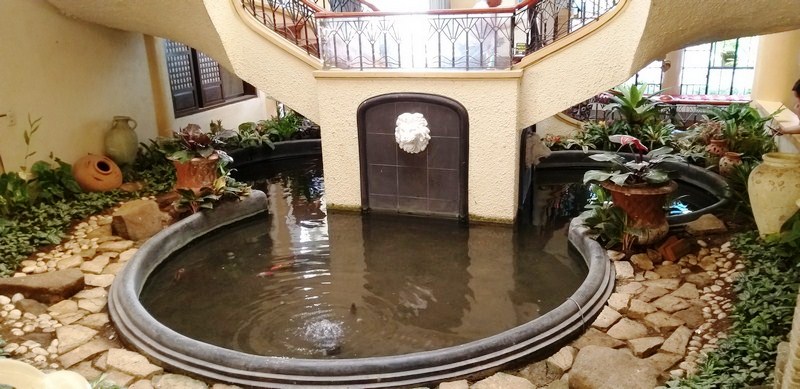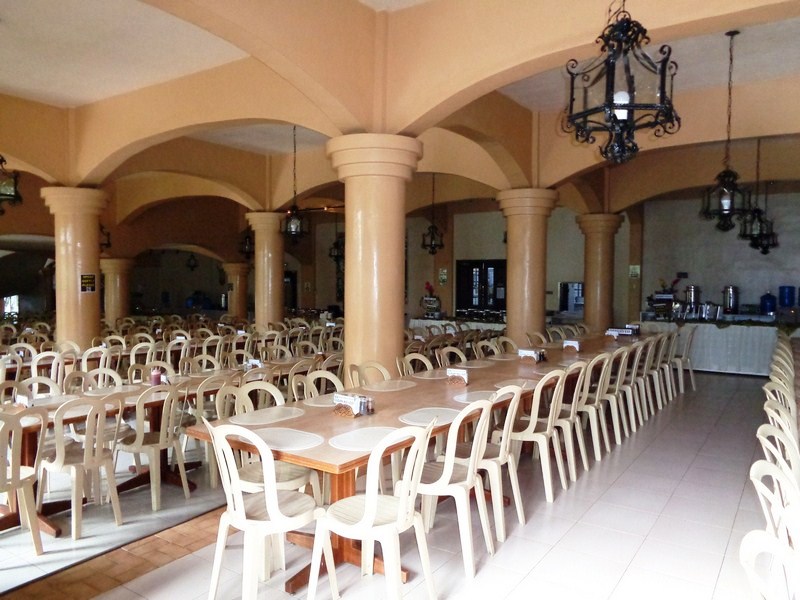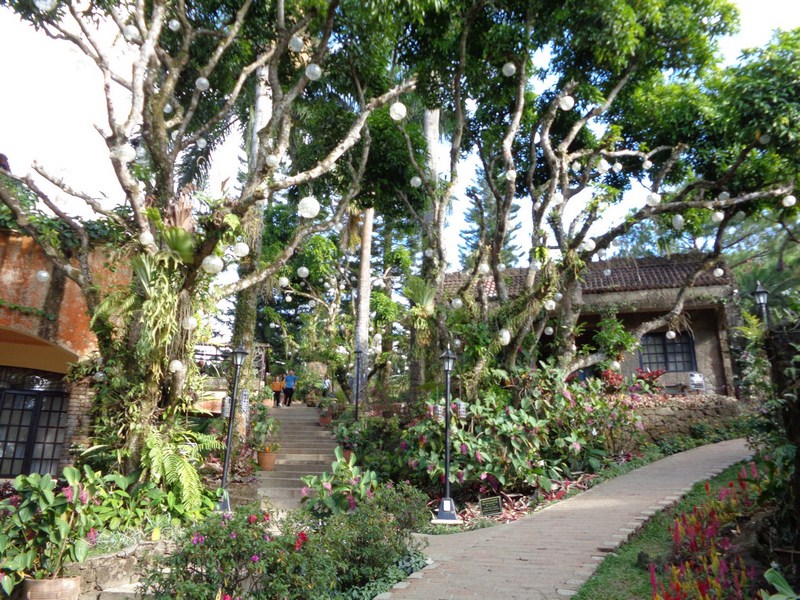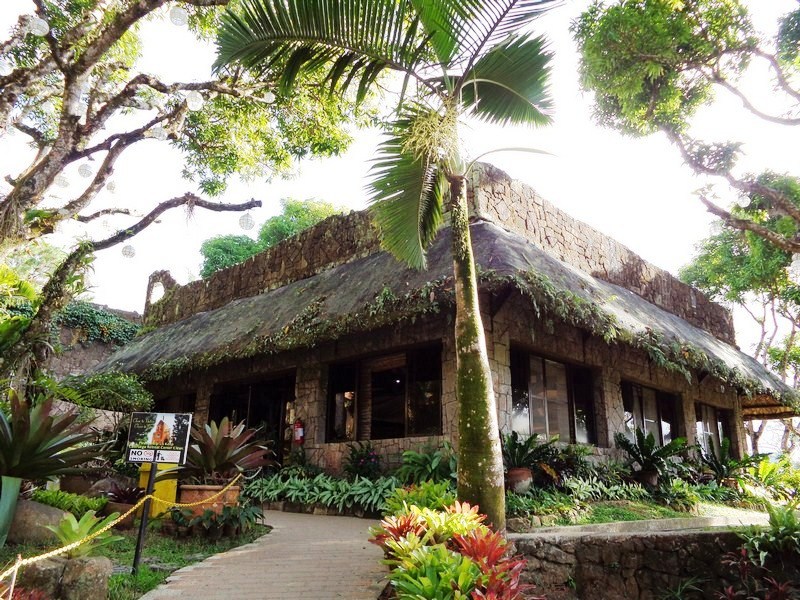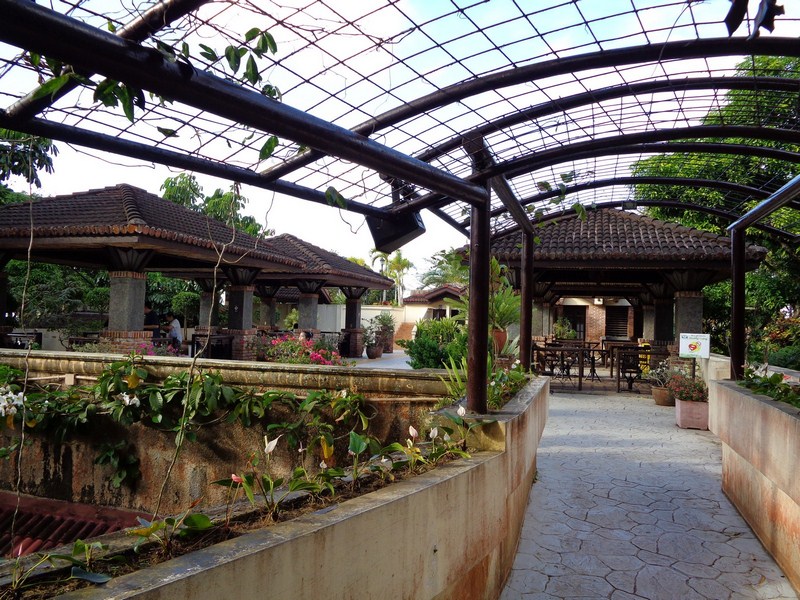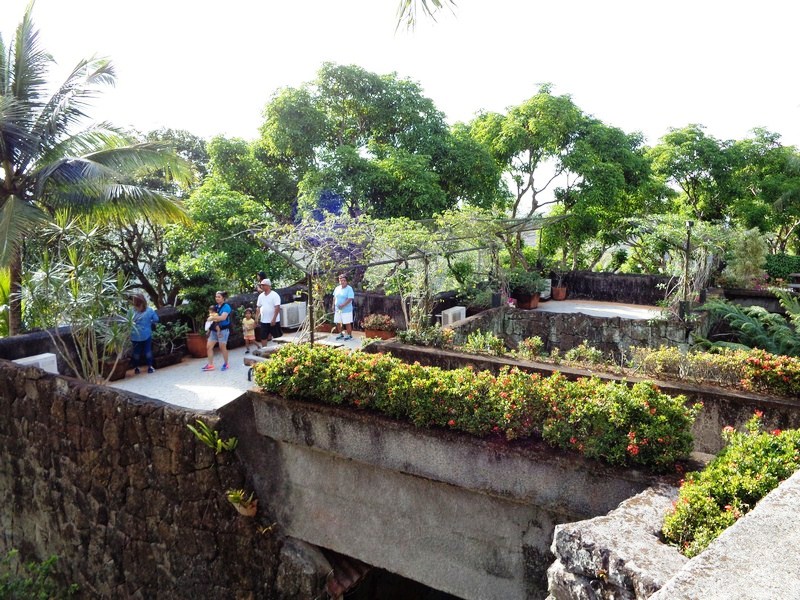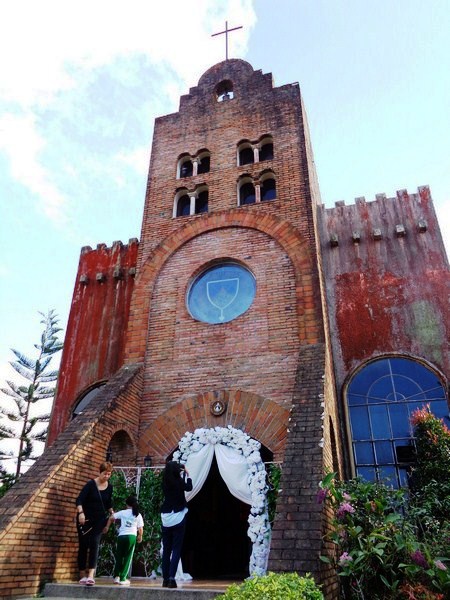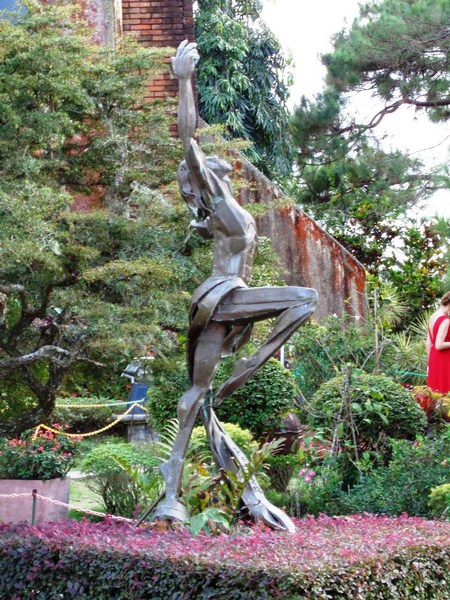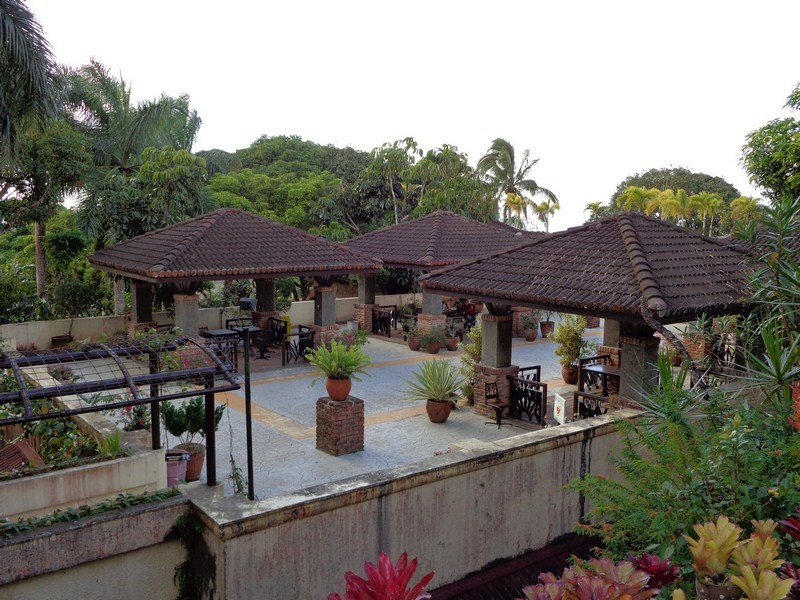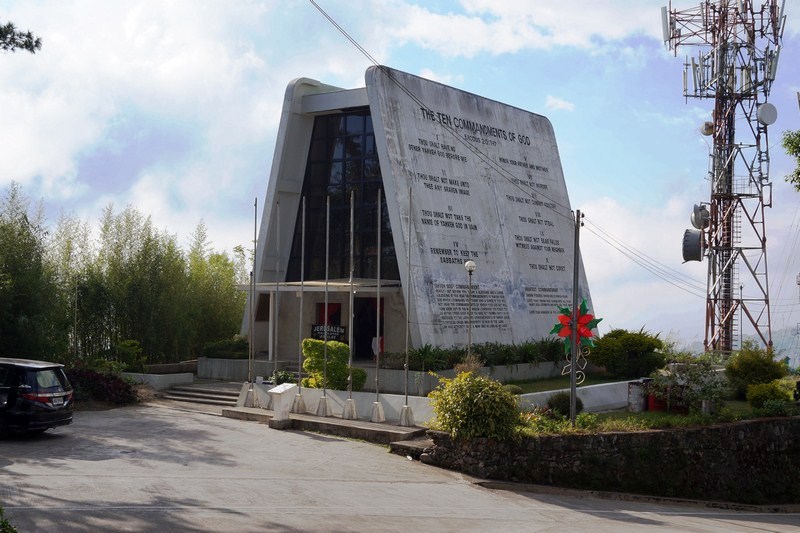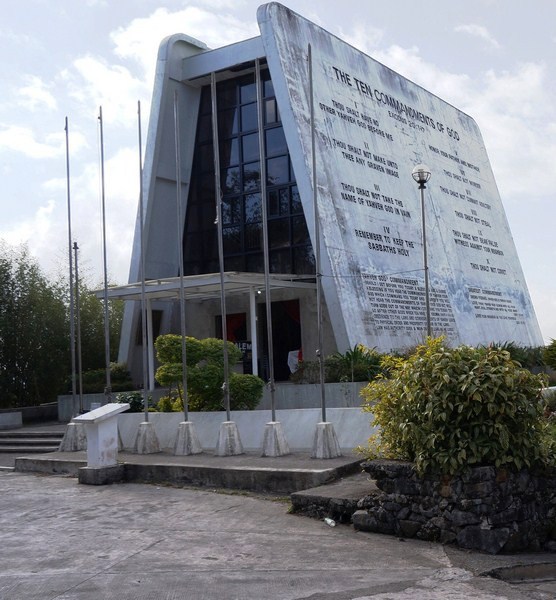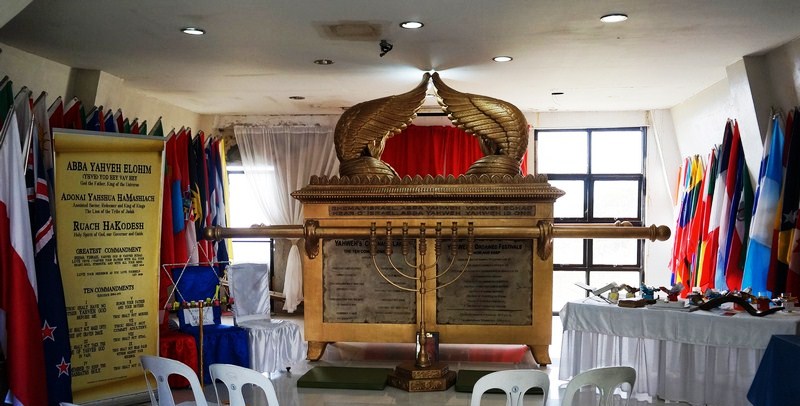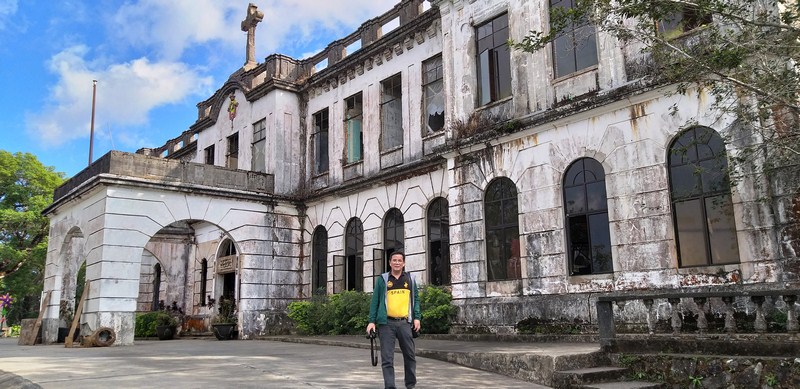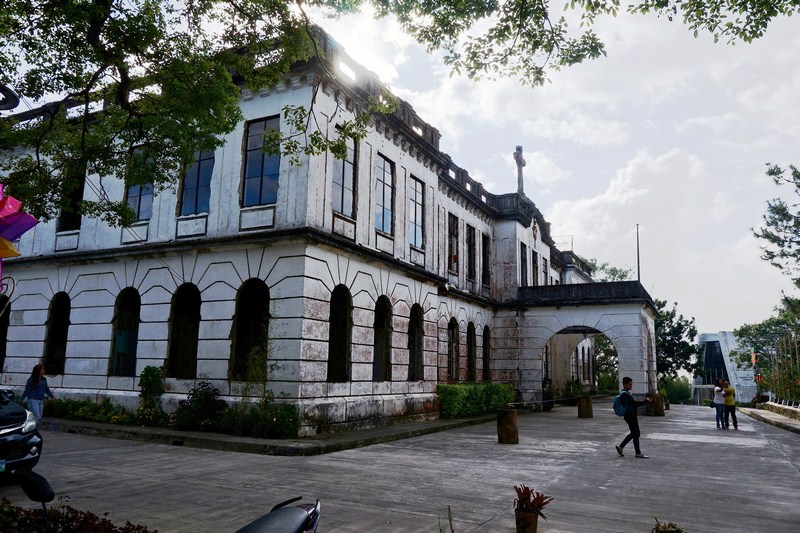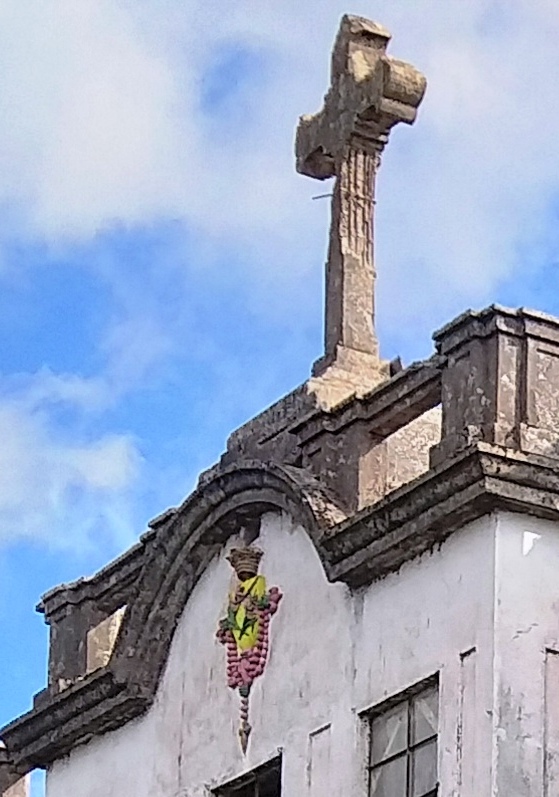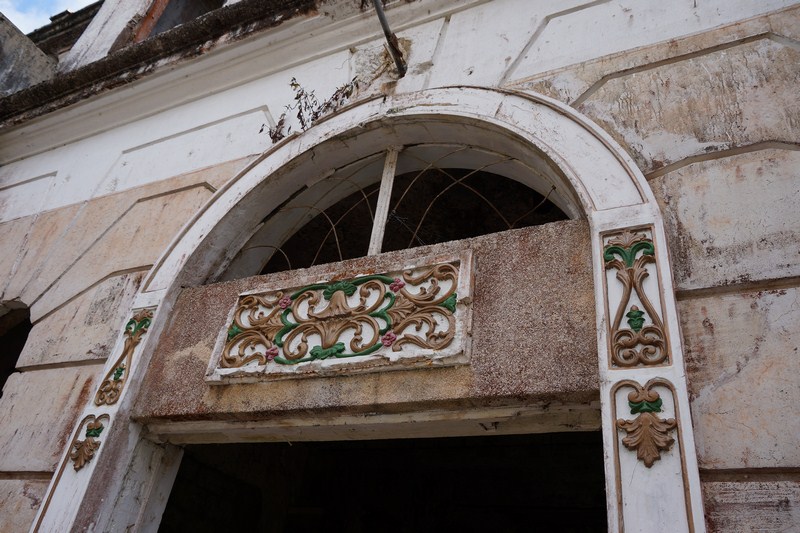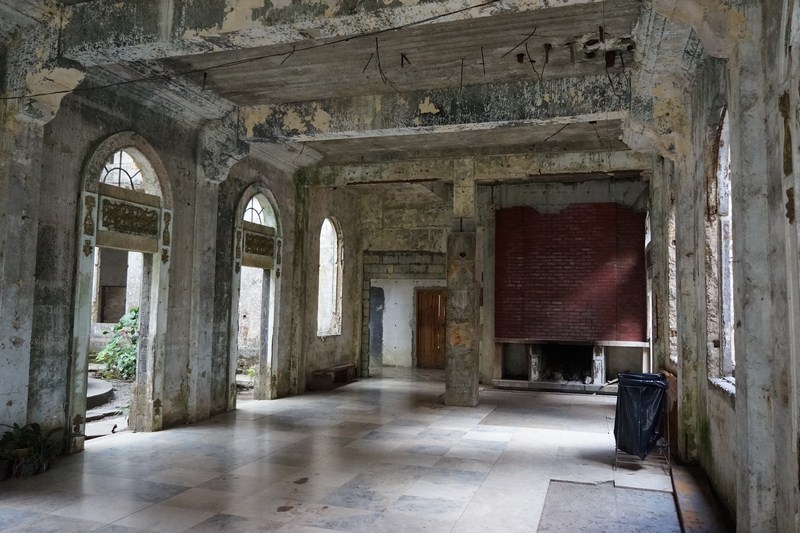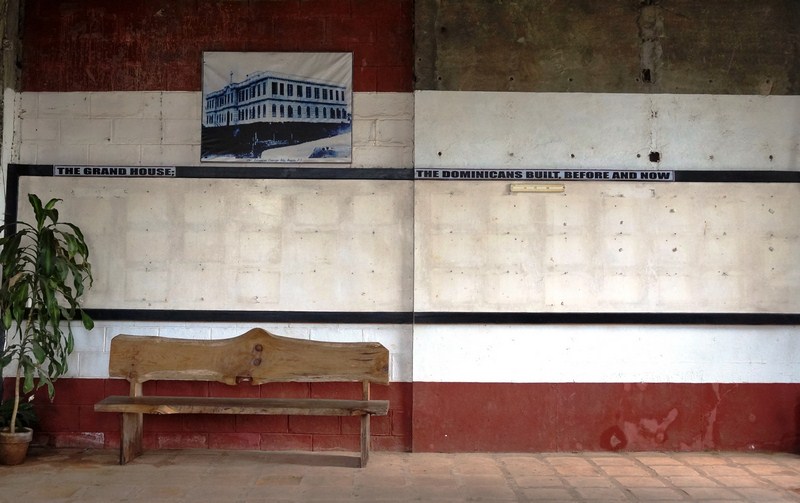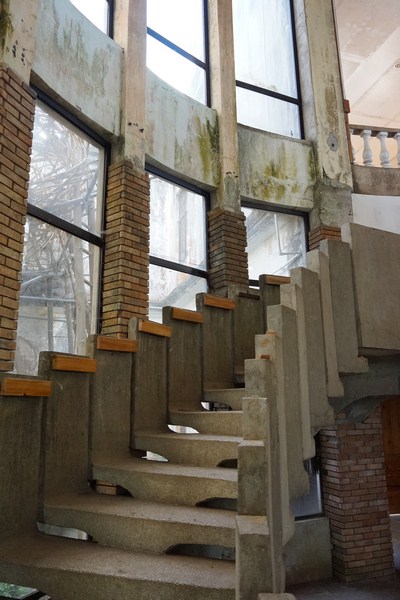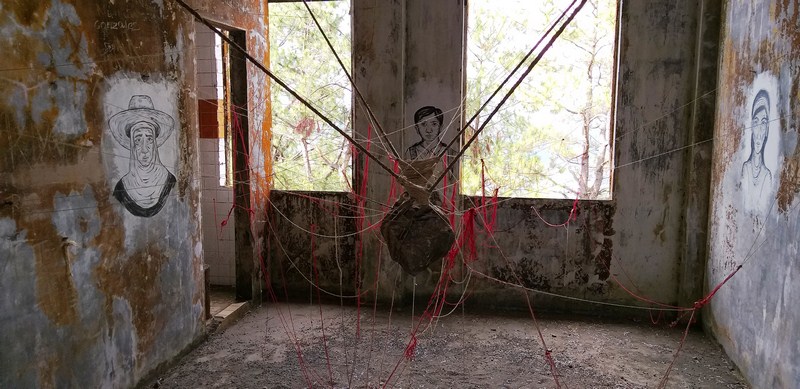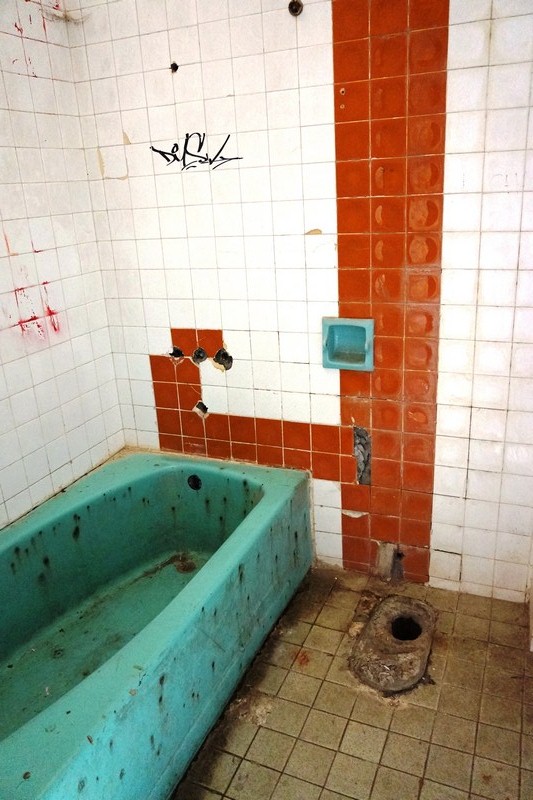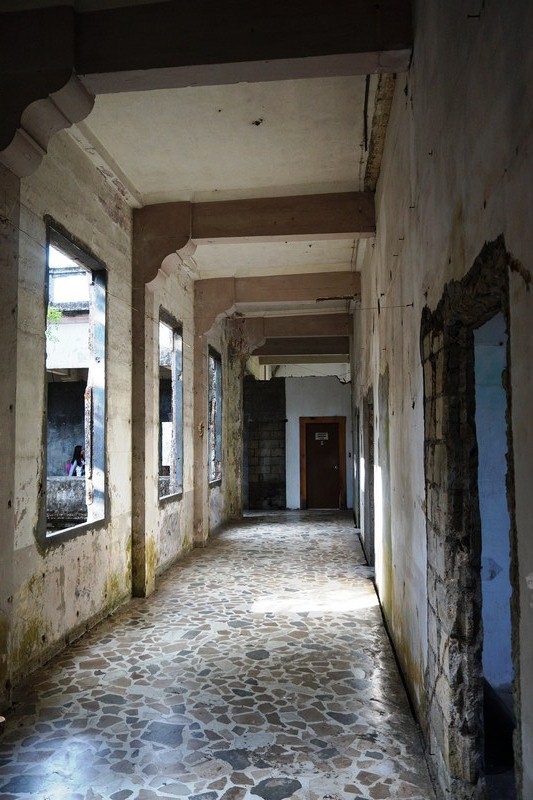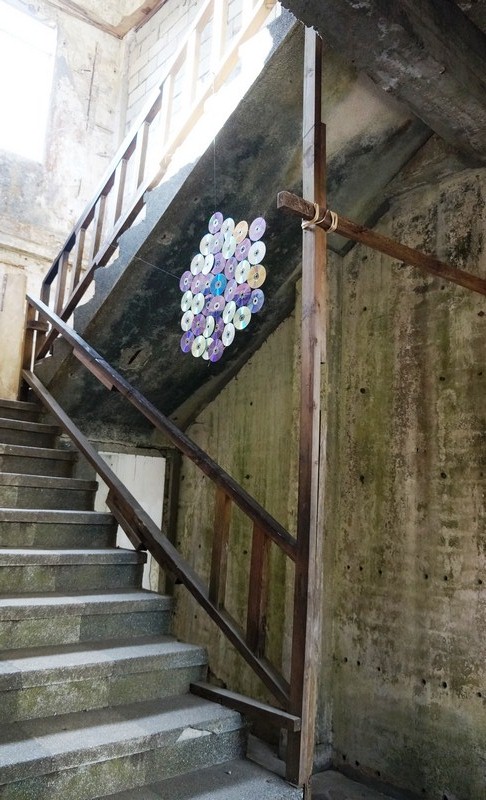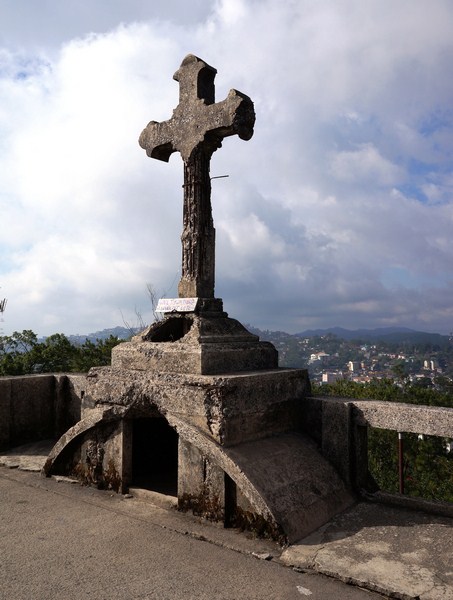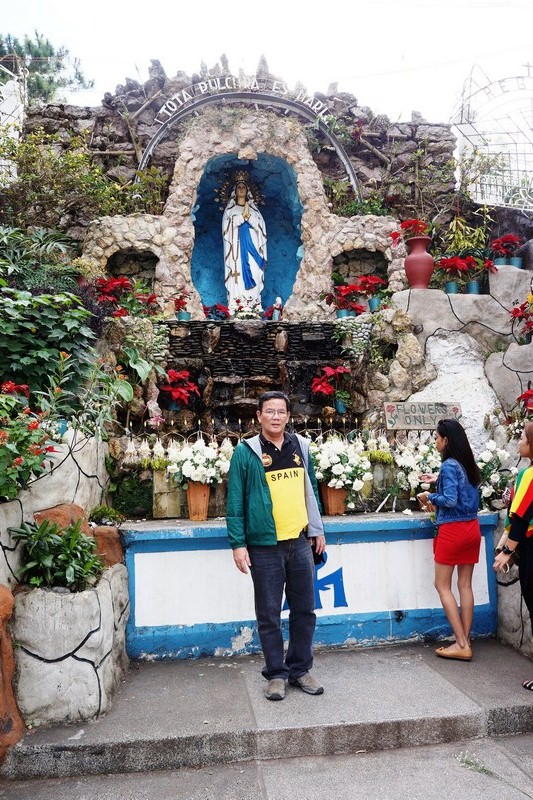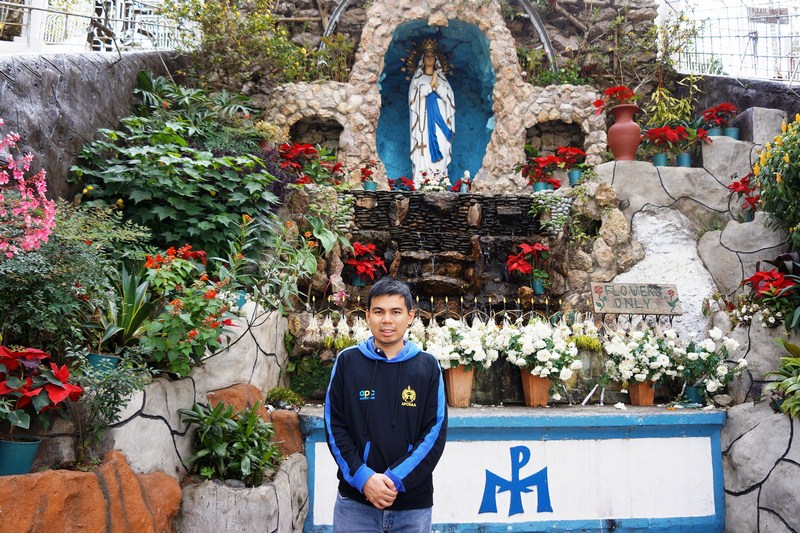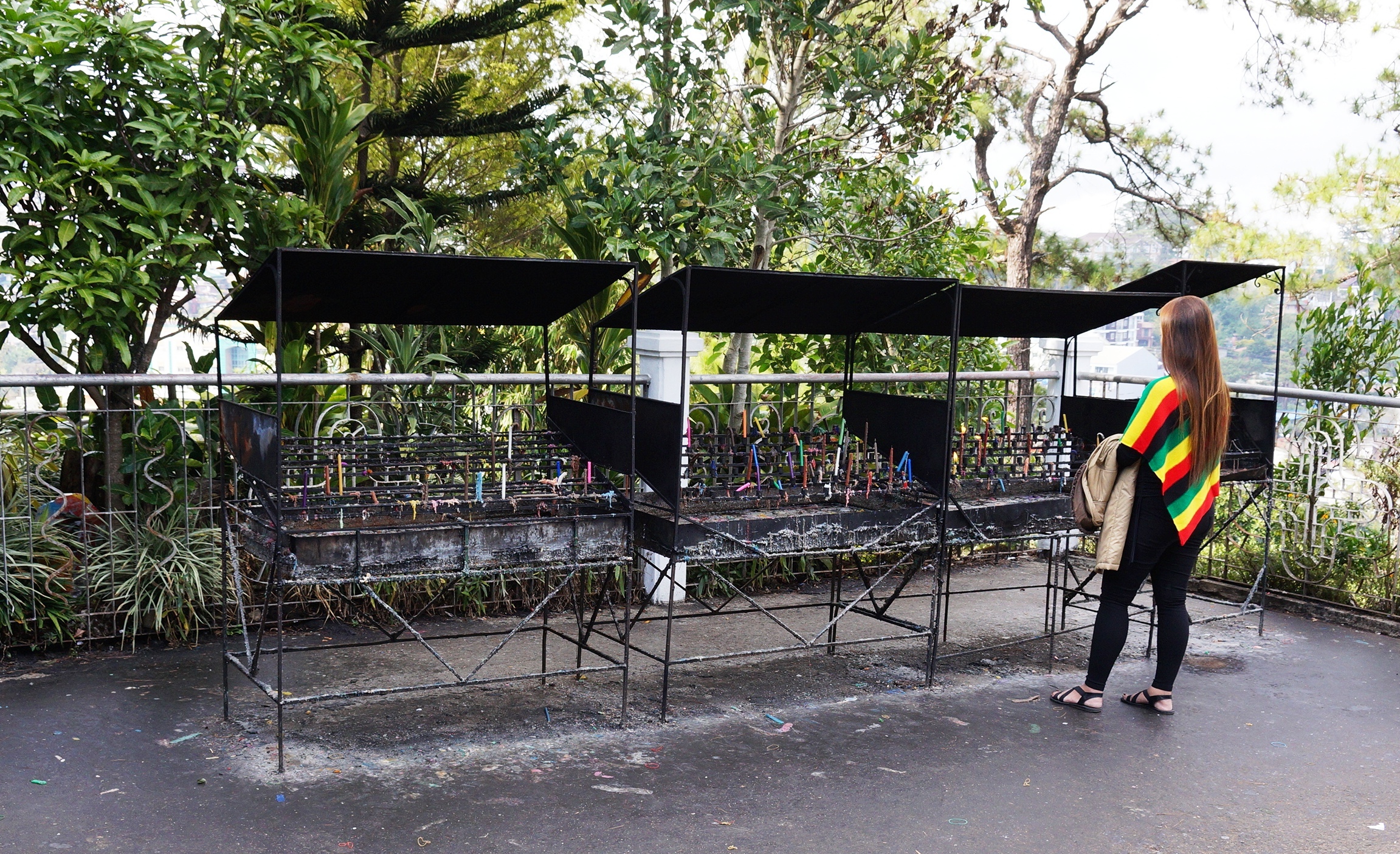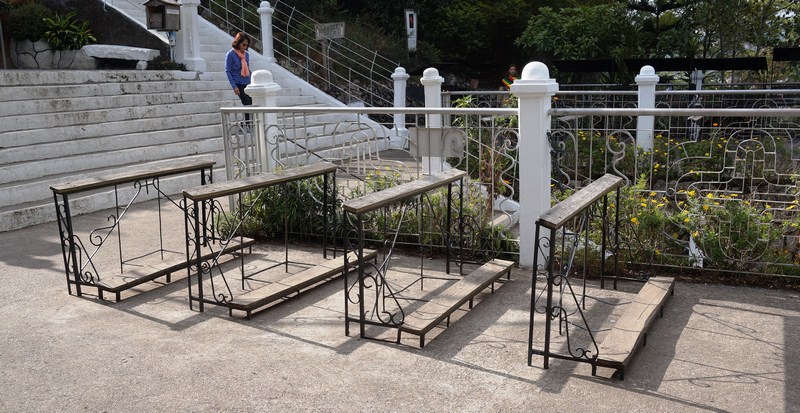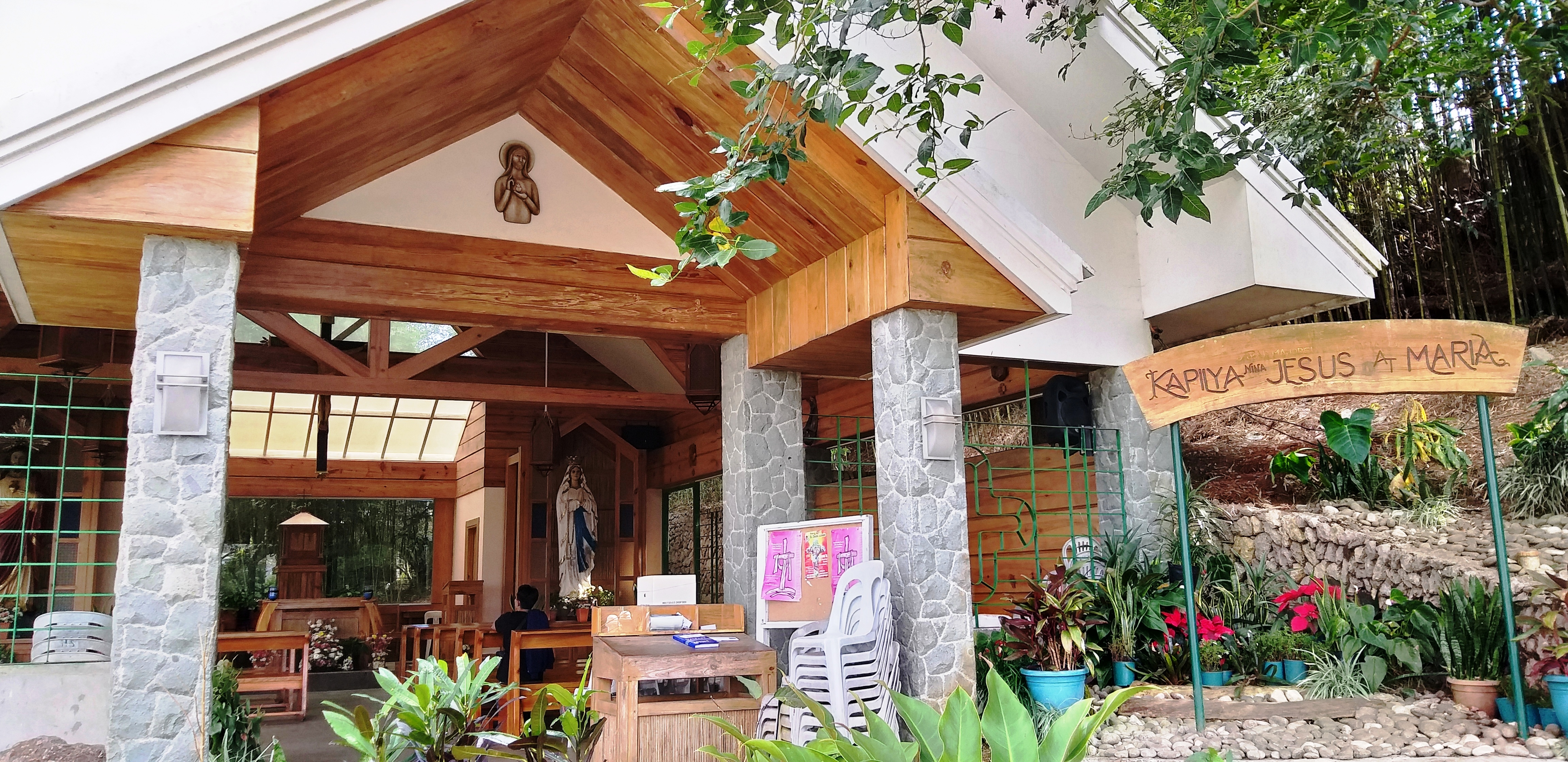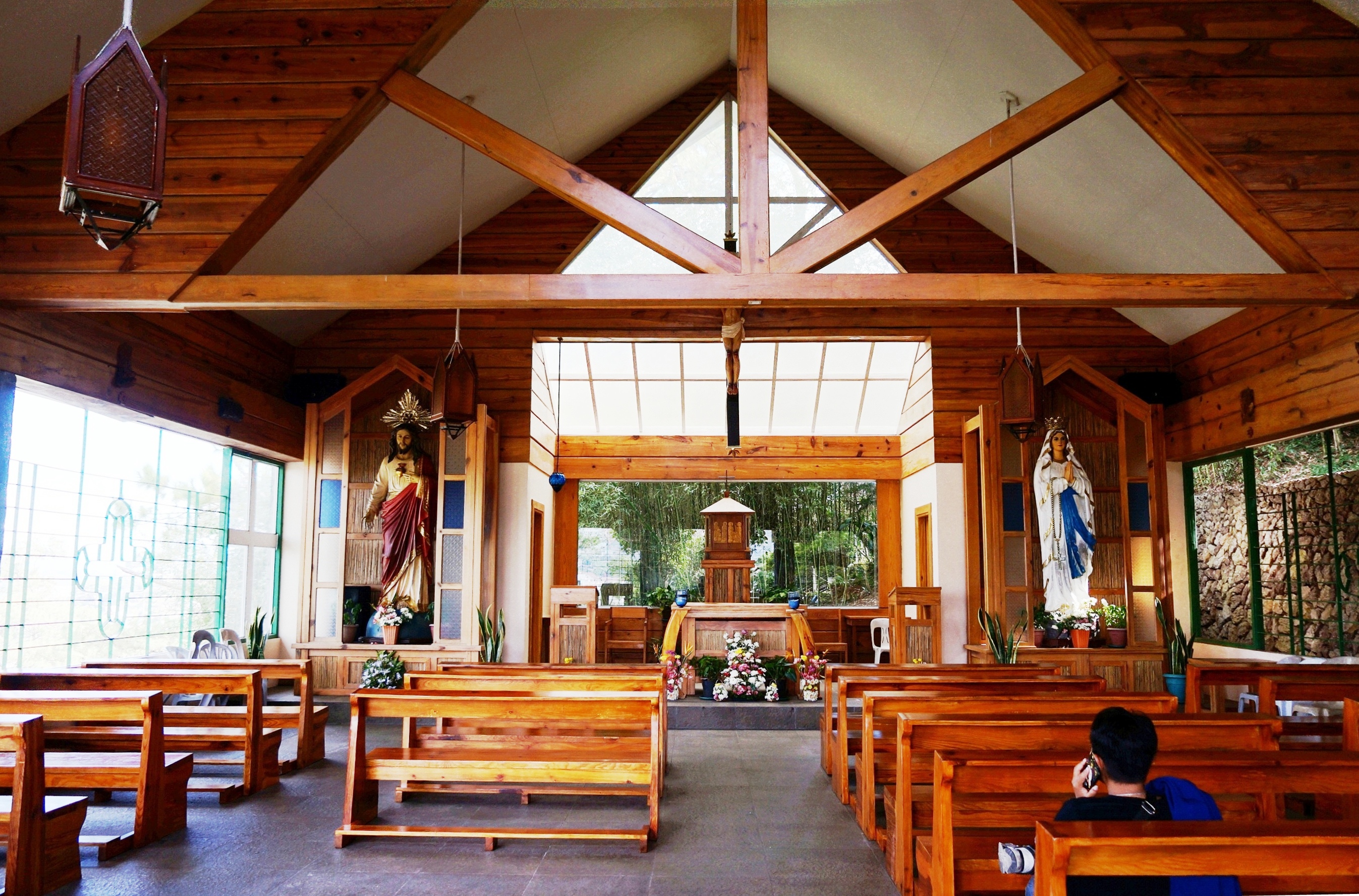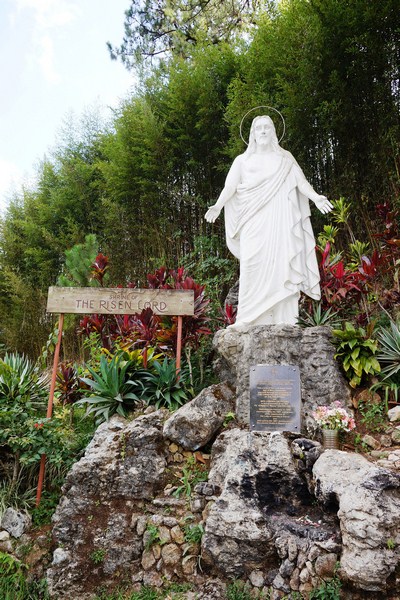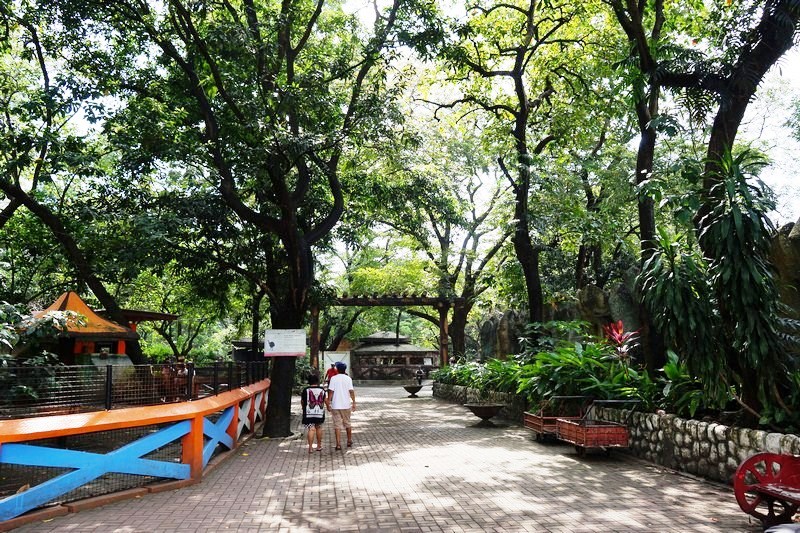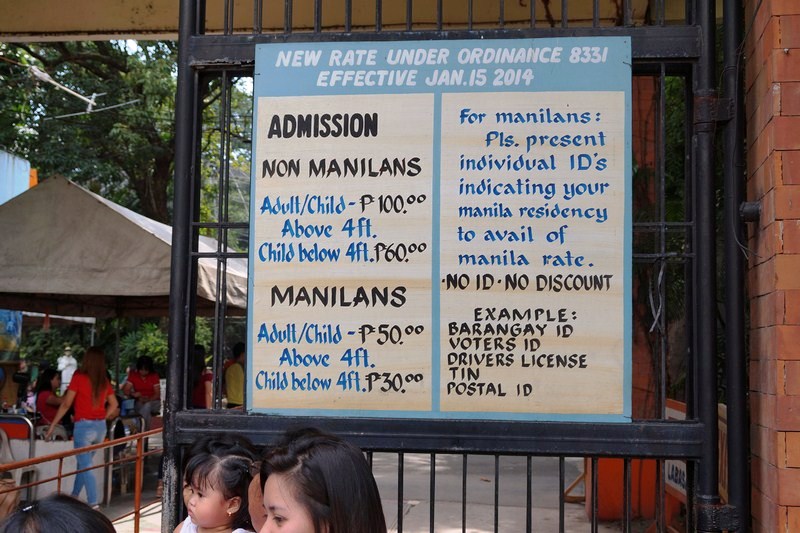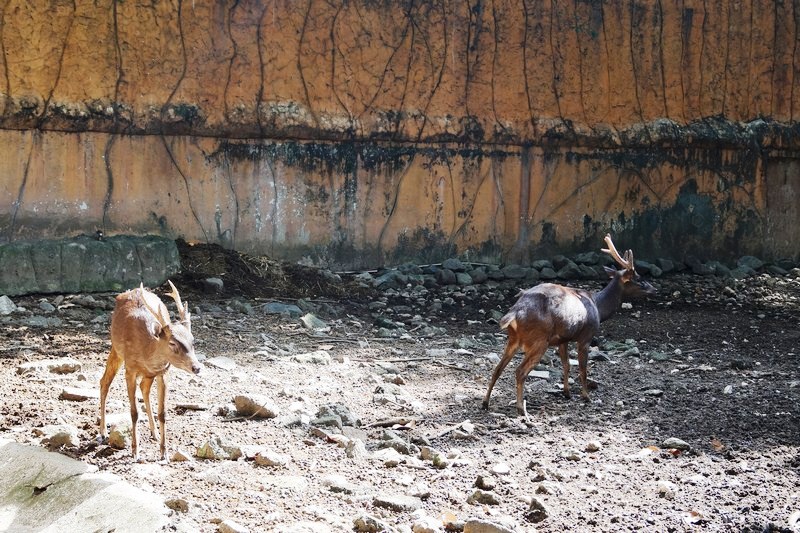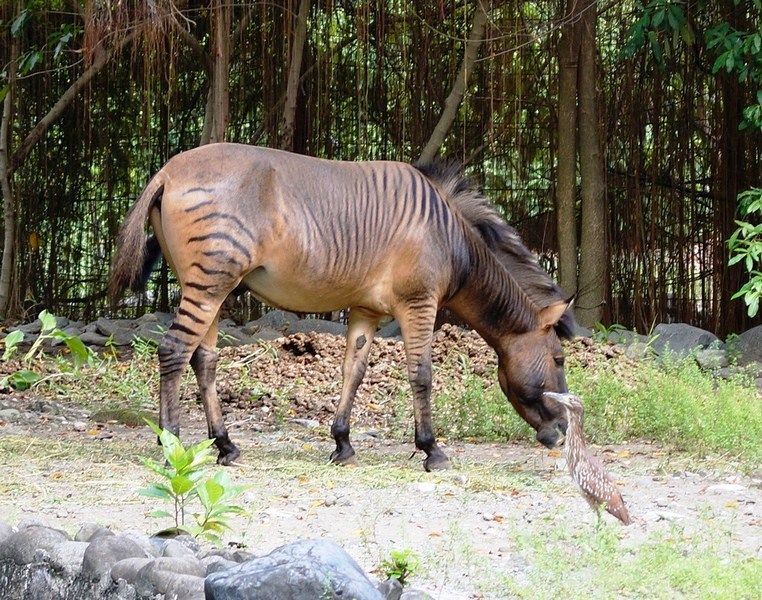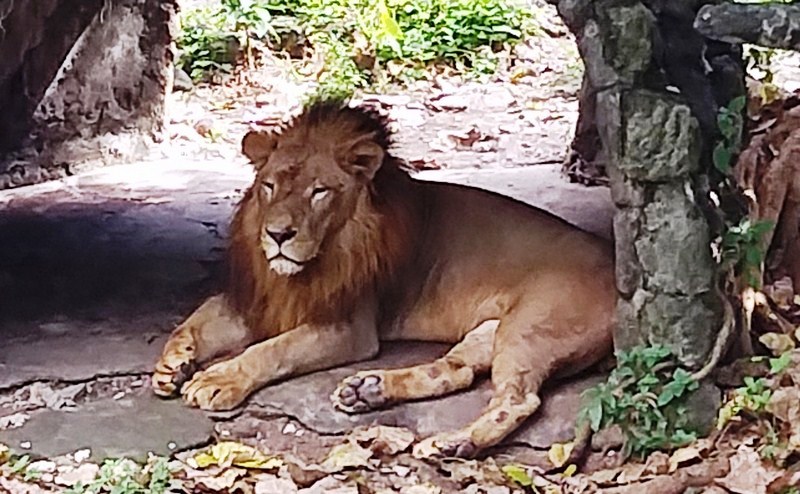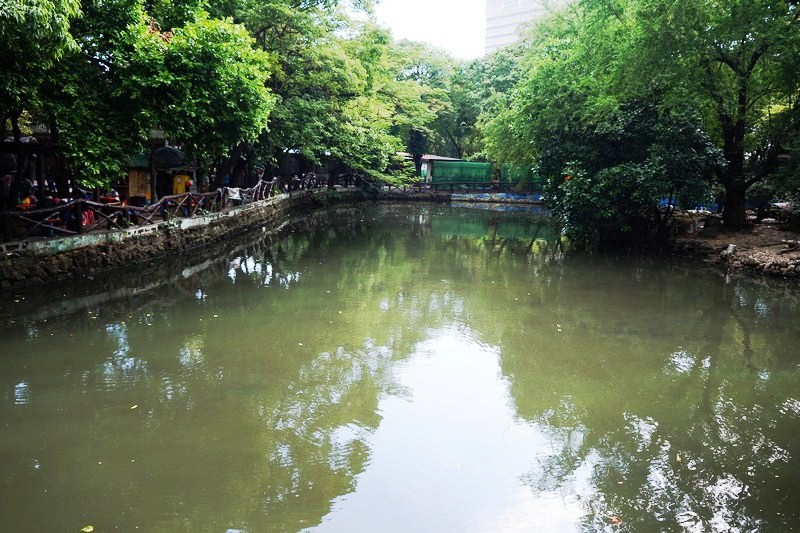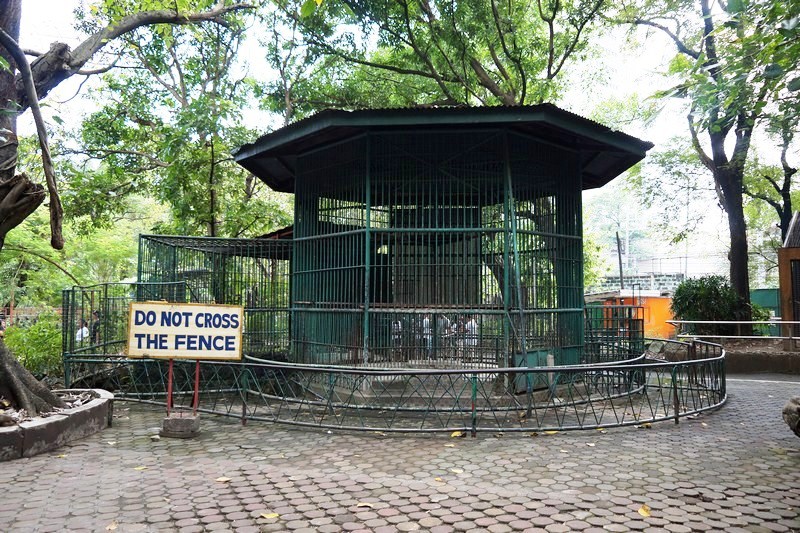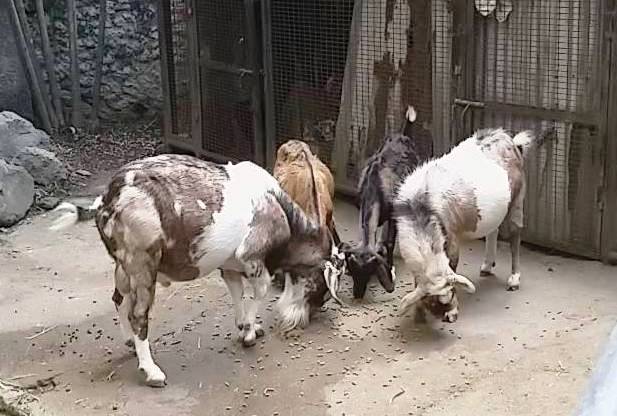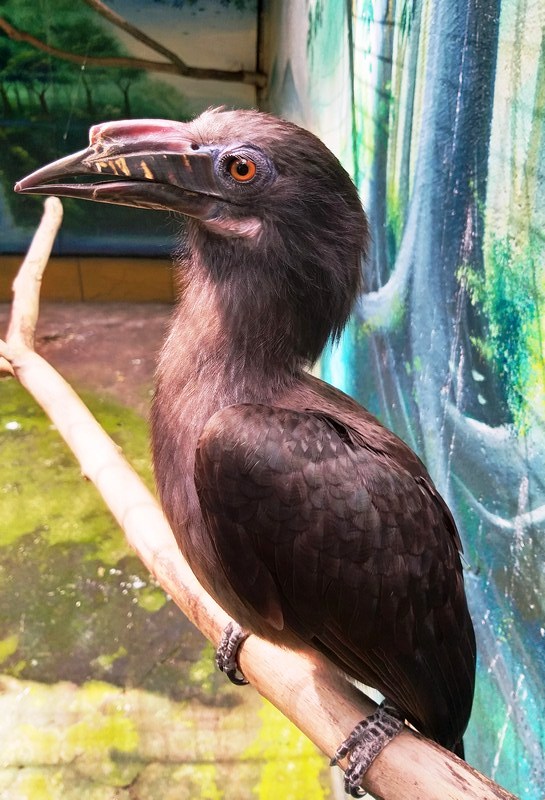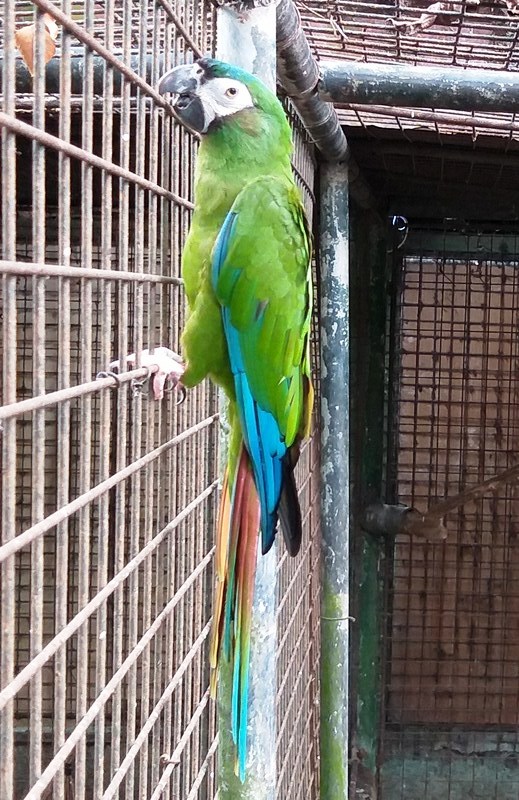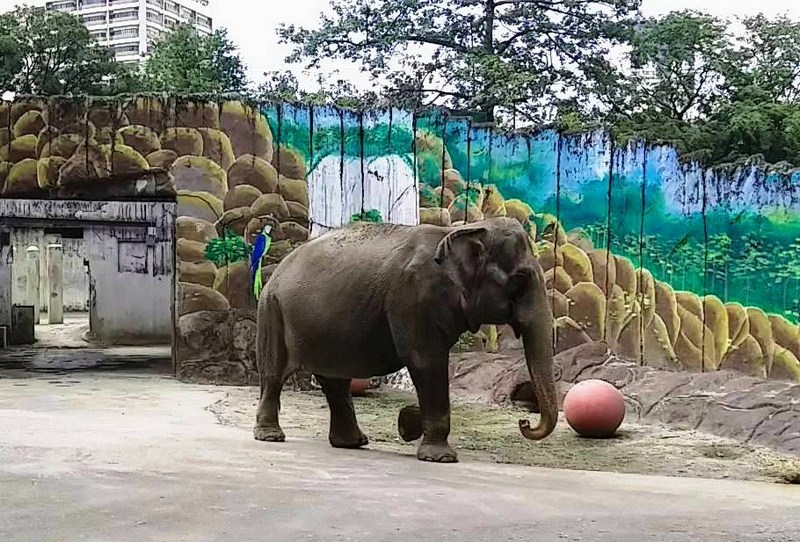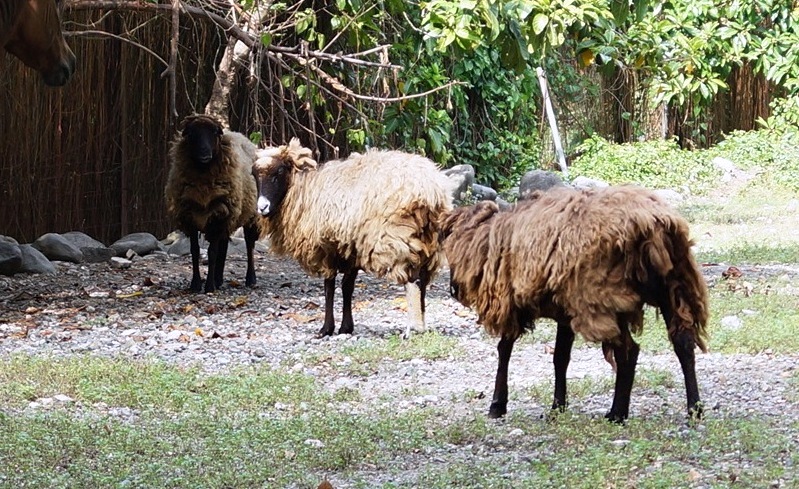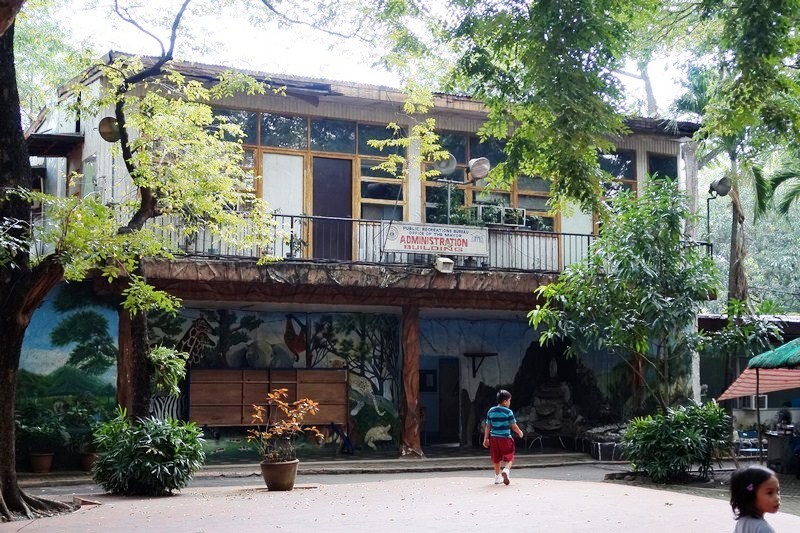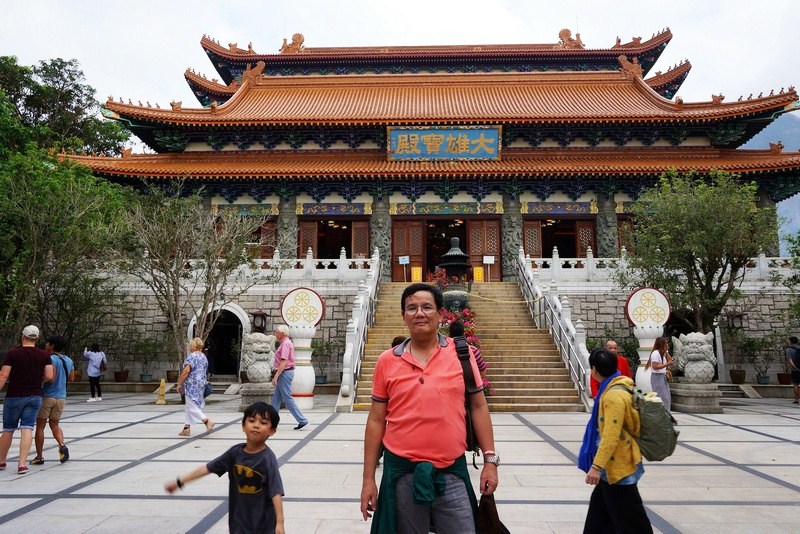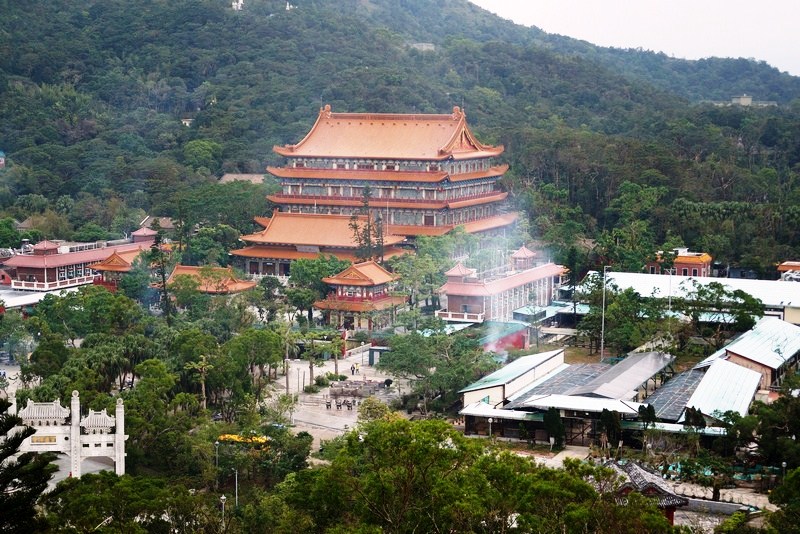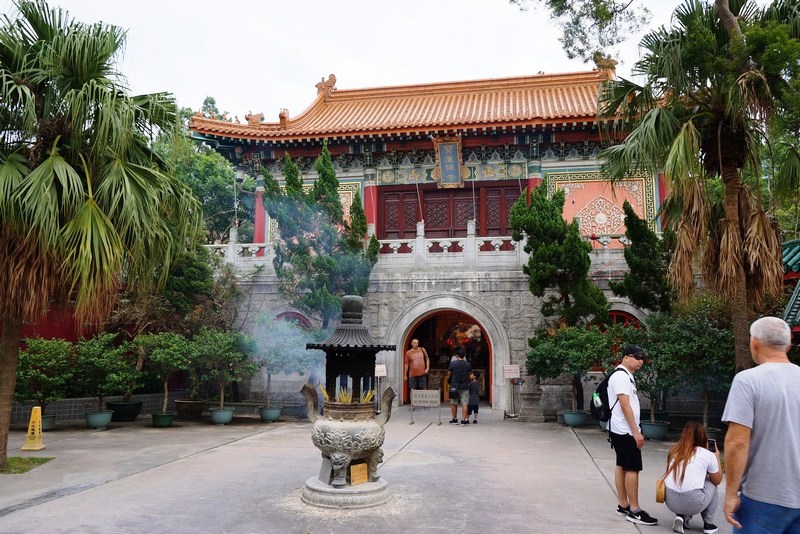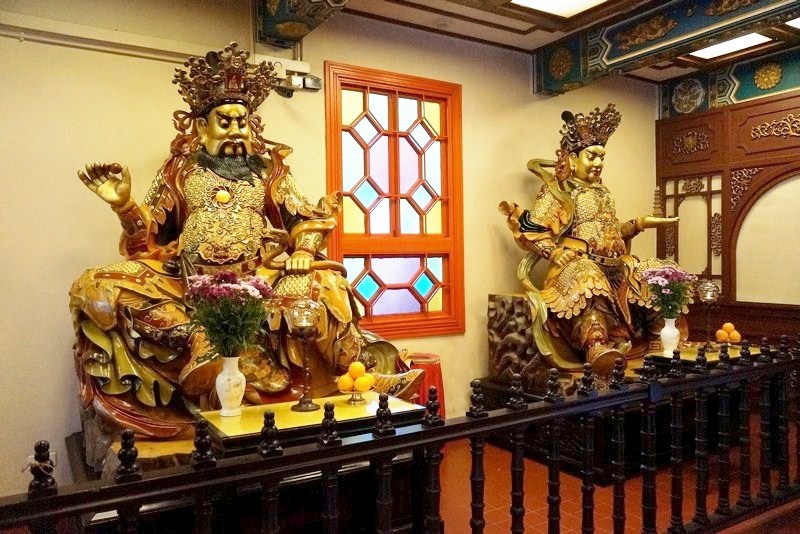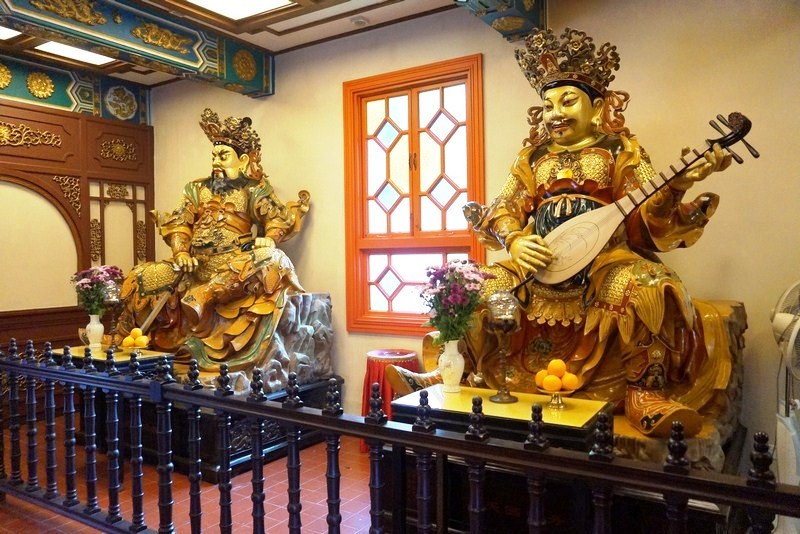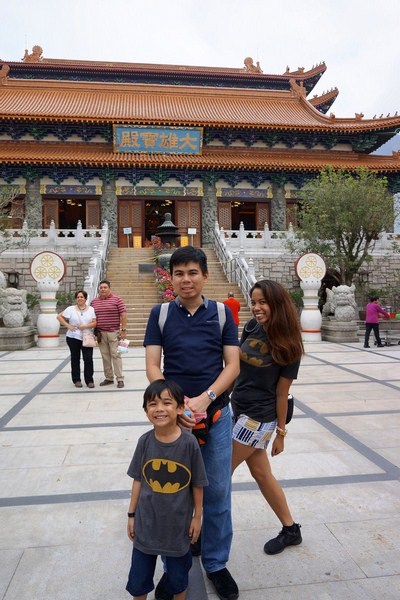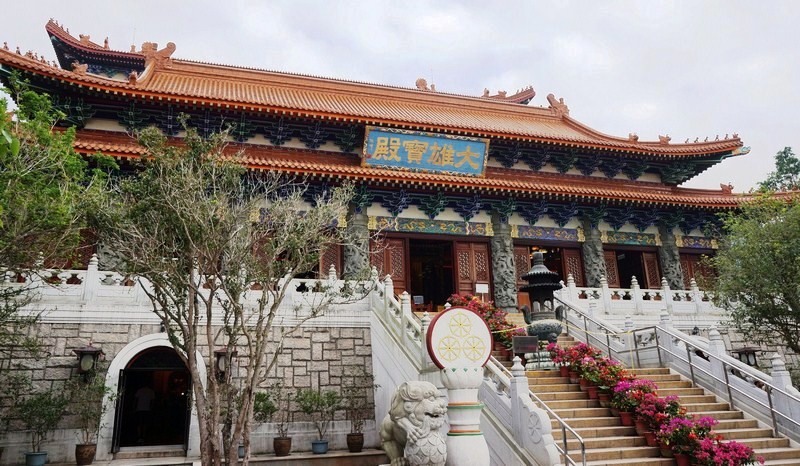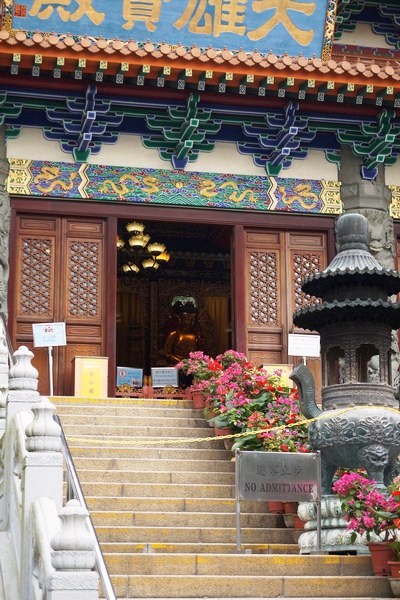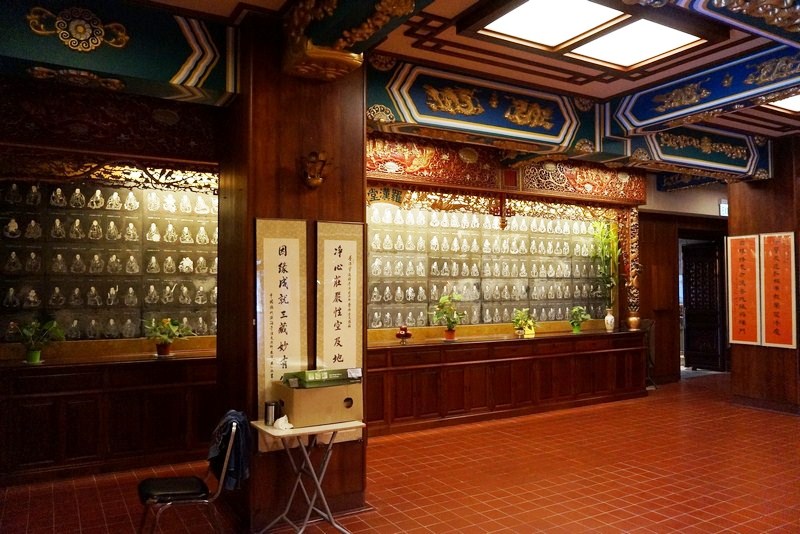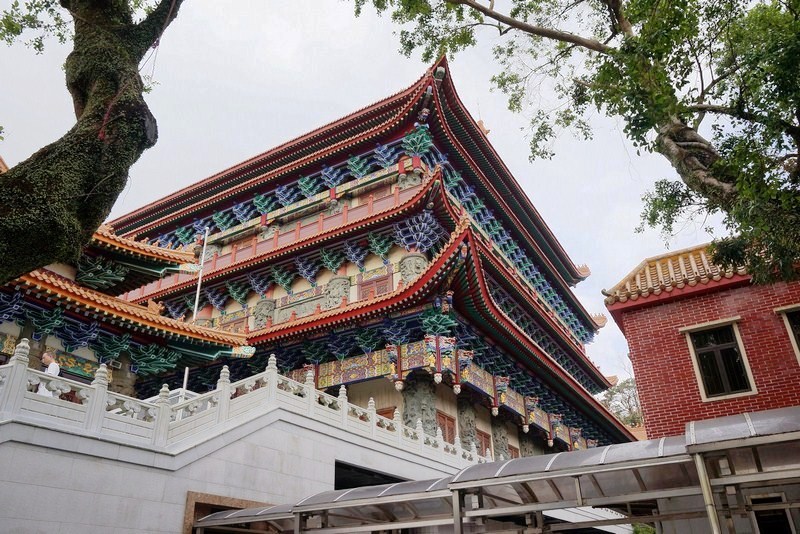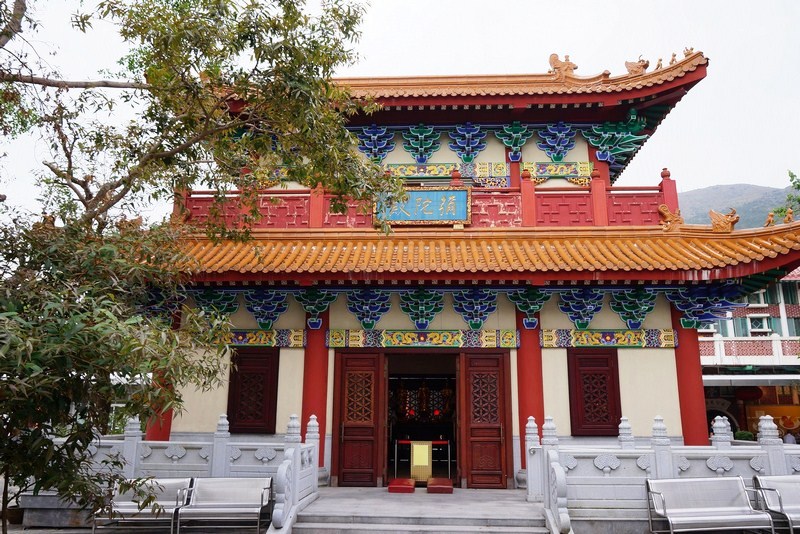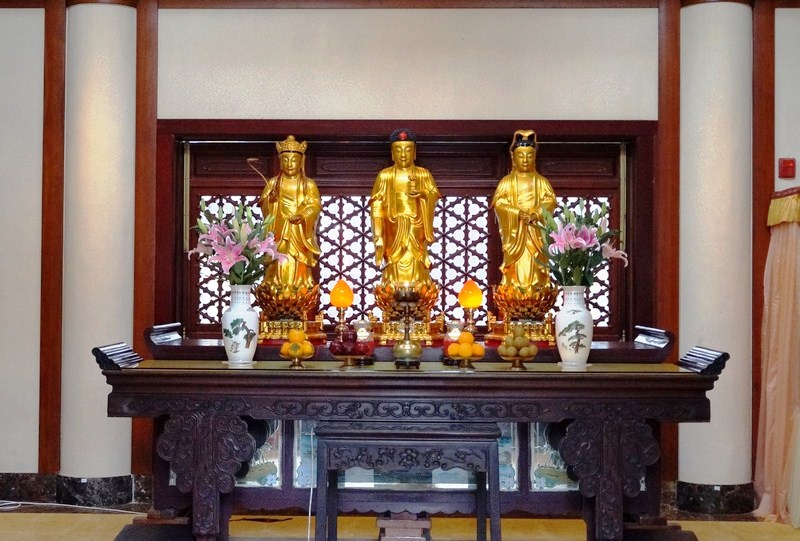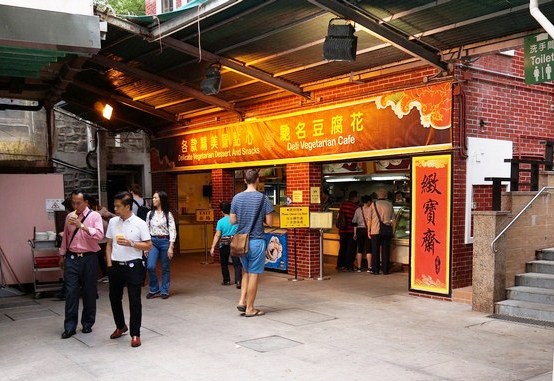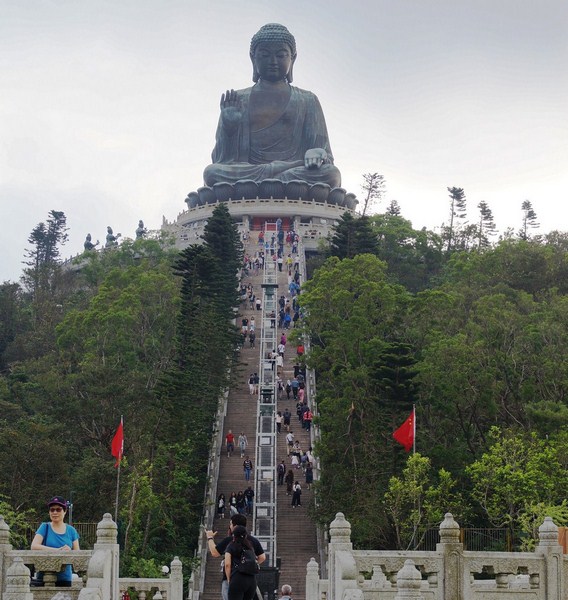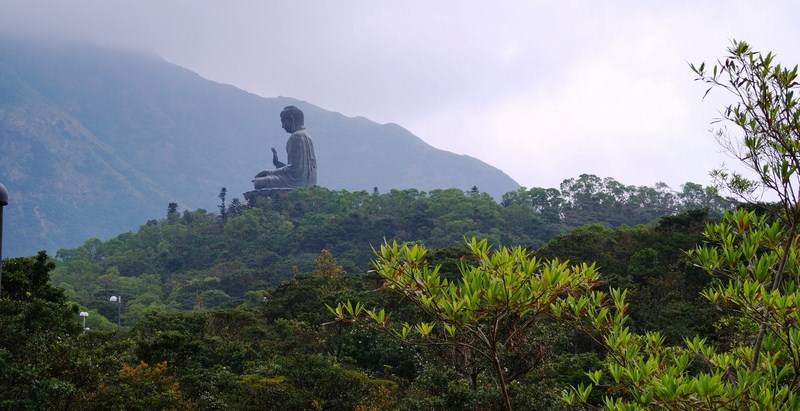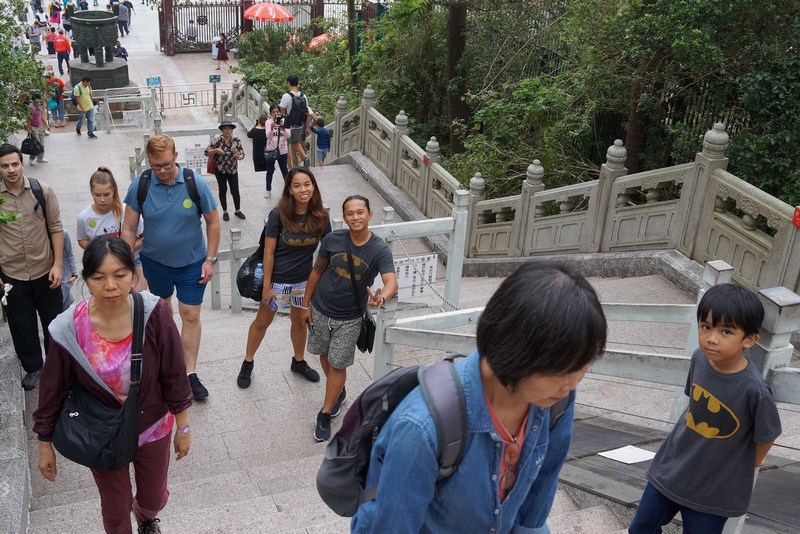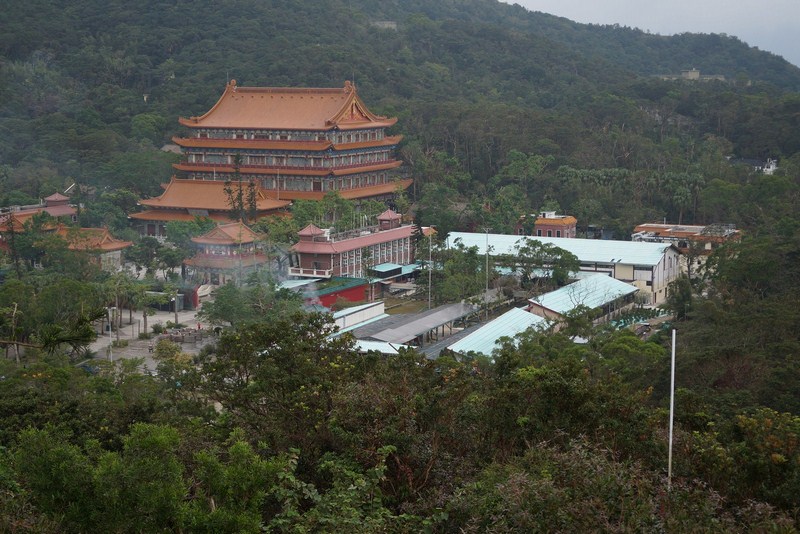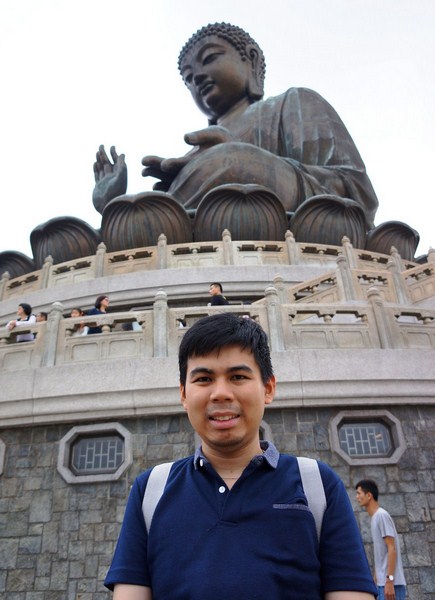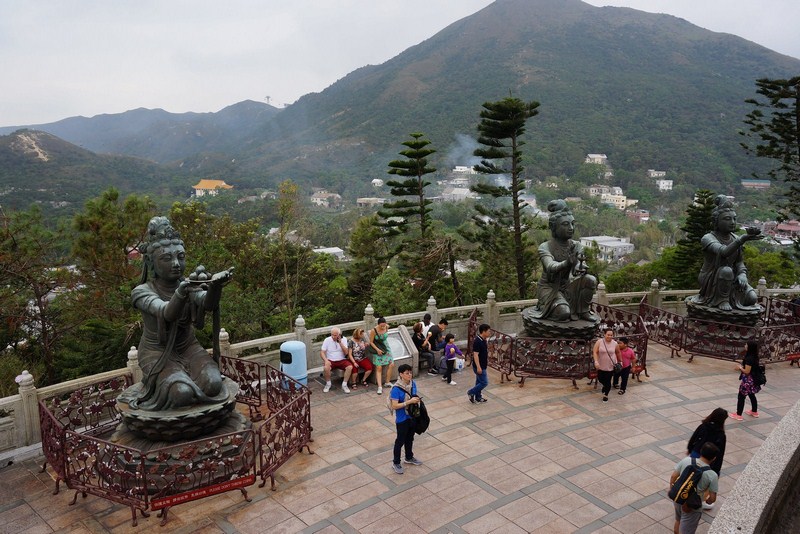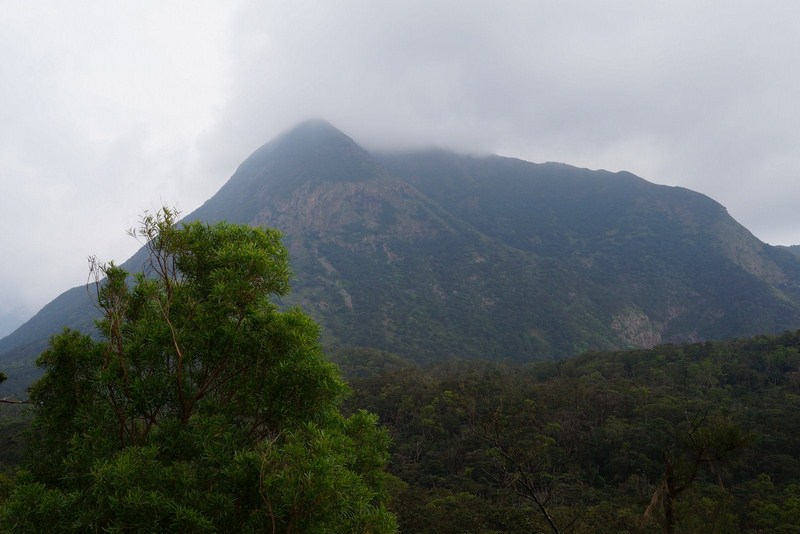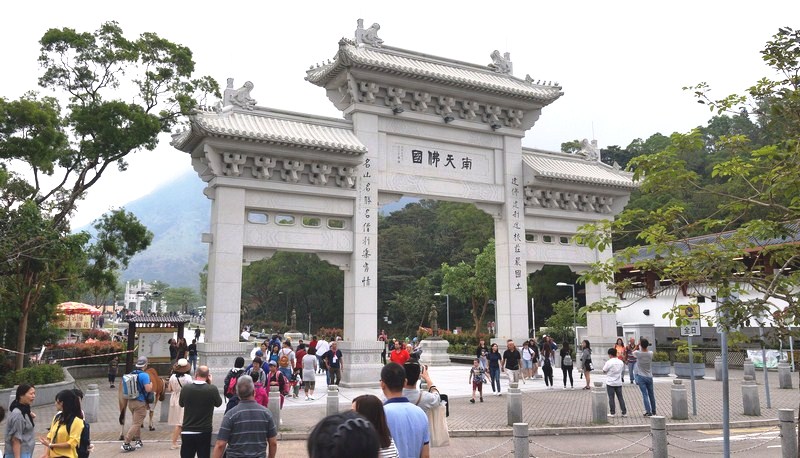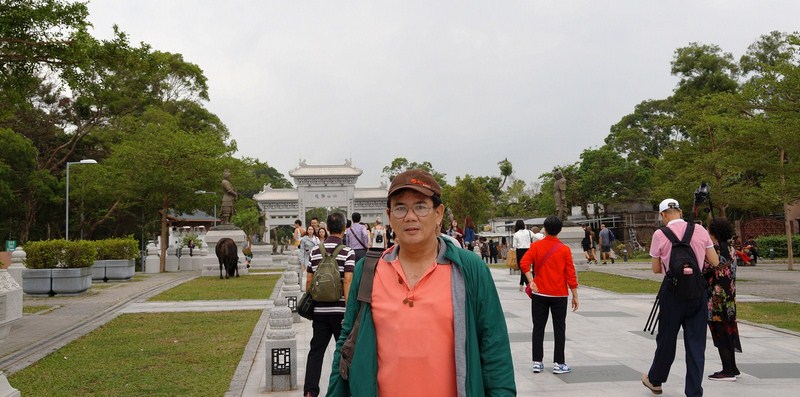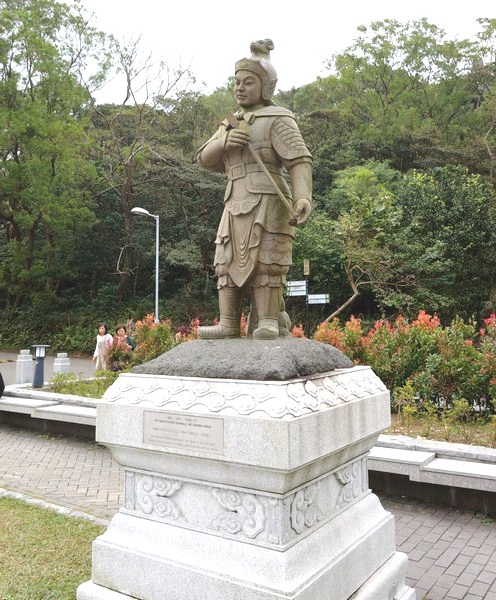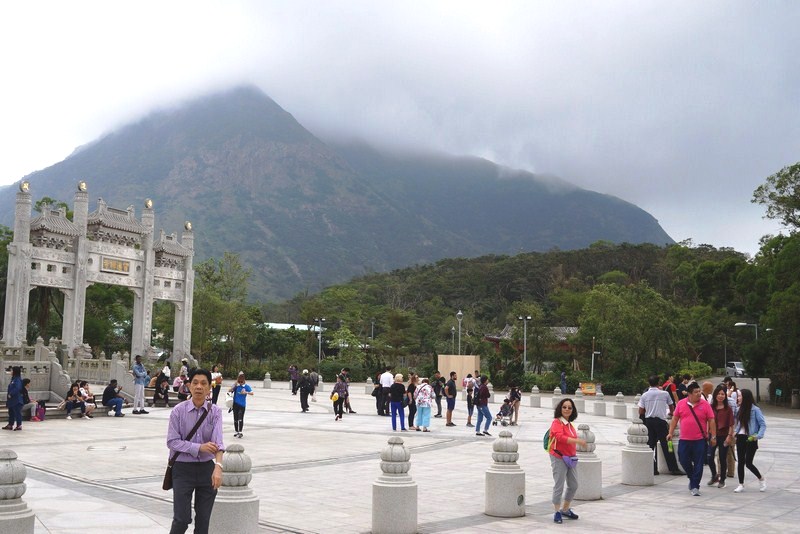Part of Bacau Bay Resort-sponsored Island Hopping Tour
After our short visit to Waling-Waling Island, we again boarded our motorized outrigger boat for the short 15-min. trip to Malcapuya Island, located 2 hours away from the town of Coron. The most beautiful island in Coron, it is also renowned throughout the region as one of the most singularly beautiful islands in the archipelago.
Check out “Resort Review: Bacau Bay Resort Coron“
The privately-owned Malcapuya Island was supposed to be the third and last stop of our island-hopping tour but we skipped Banana Island (or Dicalabuan Island) due to time constraints. Although still part of Coron, the sparsely populated Malcapuya is located about 30 kms. south of Coron town and actually lies off the south-western coast of Culion Island in the east.
Past clear waters where we clearly saw corals of different sizes, shapes and hues, our boat slowly glided into and docked along the beige sand beach on the island’s western side. Boats are only allowed to dock on the western beach because the island’s owner wants to preserve the beauty of the picture-perfect southern beach.
Upon disembarking, we slowly made our way past the beach into a clearing and then, over a small hill across a narrow inland portion of the island, to the southern beach.
The heavenly idyllic southern beach, suitable for swimming, sunbathing, or even snorkeling, consists of a long stretch of powdery fine, white sand with shallow waters of varying shades of aquamarine, turquoise and emerald. A nice, but shorter, stretch of white sand beach, along the island’s northern shores, is a long walk from the southern beach.
There’s a long line of coconut palm trees that provide a good shade for visitors. Underneath the coconut palms are a few bamboo and thatch huts and white canvas party tents with tables and chairs for lunch and snack breaks. They also provide more shade and a place to store one’s personal effects. Hammocks are also available.
There’s a decent public restroom where you can also take a bath, but don’t expect much here. Mobile phone signal is not that consistent on the island. Refreshing coconut juice and meat is sold by the island’s caretakers.
We chose a picnic hut and, while our food was being laid out, I decided to explore the quite rocky but more quiet western portion of the beach which offers a great picturesque view. Less frequented by tourists, it contains tall karst or limestone rock formations that provided excellent photo opportunities for me.
Though perfect for swimming, there is a growth of sea grass several meters from the shore (bad news for swimmers looking for a nice, perfectly clean beach). Not 100 meters from the shore, beyond the sea grass, is an extensive bed of corals.
A good snorkeling spot, it is home to a wide variety of colorful marine life including giant clams and a few species of clownfish. Beyond the corals, is a sudden drop of the sea floor as evidenced by the deep blue color of the water.
Even if this day was blisteringly hot, a beach this beautiful deserves a long walk from end to end. As lunch was still being prepared on my return to the hut, I walked to the eastern end of the beach. At the left most end of the beach is a cliff accessed by a stair carved on the slope.
On top of the cliff is a view point with magnificent and panoramic views of the whole southern beach, the rich growth of corals surrounding the island, a portion of the island’s eastern shores and distant views of Banana Island and Bulog Dos/Malaroyroy Peninsula.
Check out “Waling-Waling Island (Bulog Uno)“
For overnight accommodation, there’s a simple enclosed thatched hut by the beach (PhP750/person) provided with an electric fan and a mattress on the floor plus outlets where you can charge phones and camera batteries. Two restrooms, with open air showers, are located a few meters away from the huts.
Though the island does not have electricity, there is a generator which provides light and electricity at night. There’s also a simple villa, on an elevated portion a few meters from the shoreline, which can also be rented. It has a single room, with basic but comfortable beds, plus a decent restroom.
Among all the beaches I have visited so far, Malcapuya’s white and powdery sand, forested knolls and postcard-perfect, crystal clear blue waters rivals the famous Boracay Island. Malcapuya’s long stretch of beaches almost spans the entire length of the island, equivalent to about two boat stations of Boracay.
Because of its distance from Coron, its many deserted and protected beaches has remained relatively underdeveloped like those in Banana and Bulalacao Islands, which only adds to its charm.
But not for long. The upscale Two Seasons resort has already opened at Malaroyroy Peninsula in Bulalacao. Development, specifically by the same folks who developed the Boracay Regency Hotel, is soon underway to turn Malcapuya Island into a private resort, eventually becoming Coron Regency Resort.
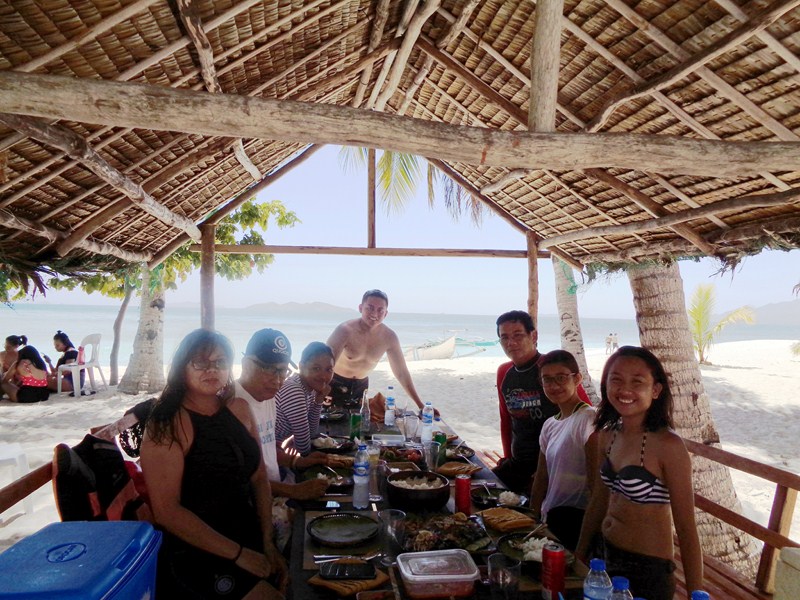
Our rented picnic hut. L-R- Ms. Armina O. Mangune, Mr. Pete Dacuycuy, Ms. Leica Dacuycuy, Mr. Feliciano Rodriguez III, the author, Ms. Via Baroma and Ms. Sara Grace Fojas
Business and development may mean good news for the local economy of Coron but it means that fewer people would get to bear witness to the beauty of this island. So, it is uncertain how long it will remain open to the public. Still, I am glad to have visited Malcapuya before it’s closed off from the public.
Malcapuya Island: Coron, Palawan.Entrance fee: PhP200 per person.
How to Get There: Those who want to visit Malcapuya usually go on a tour package that includes the 2 other islands of the cluster, namely Bulog Dos and Banana Islands. The boat ride to this island can be a little rough because of the strong waves but it’s definitely worth it. One can also charter a boat (its advantage being you get to choose the islands you want to visit) to get there. If there are 10-15 people in your group (the normal complement of boats traversing this route),you can keep the cost down. Otherwise, it will be a bit more expensive.
Bacau Bay Resort Coron: Governor’s Drive, Sitio Jolo, Poblacion 5, Coron 5316, Palawan. Mobile numbers: (0995) 760-3444 and (0995) 760-3445. E-mail: info@bacaubaycoron.com. Website: www.bacaubayresortcoron.com.
Manila Sales & Marketing Office: Anya Hospitality Corporation, 5/F Pilgrim Building, 111 Aguirre St., Legazpi Village, Makati City 1229, Metro Manila. Tel: +63-553 8888 loc. 34-36. Fax: +632 874-0426. E-mail: reservations@bacaubaycoron.com. Website:www.anyahospitalitycorp.com.


